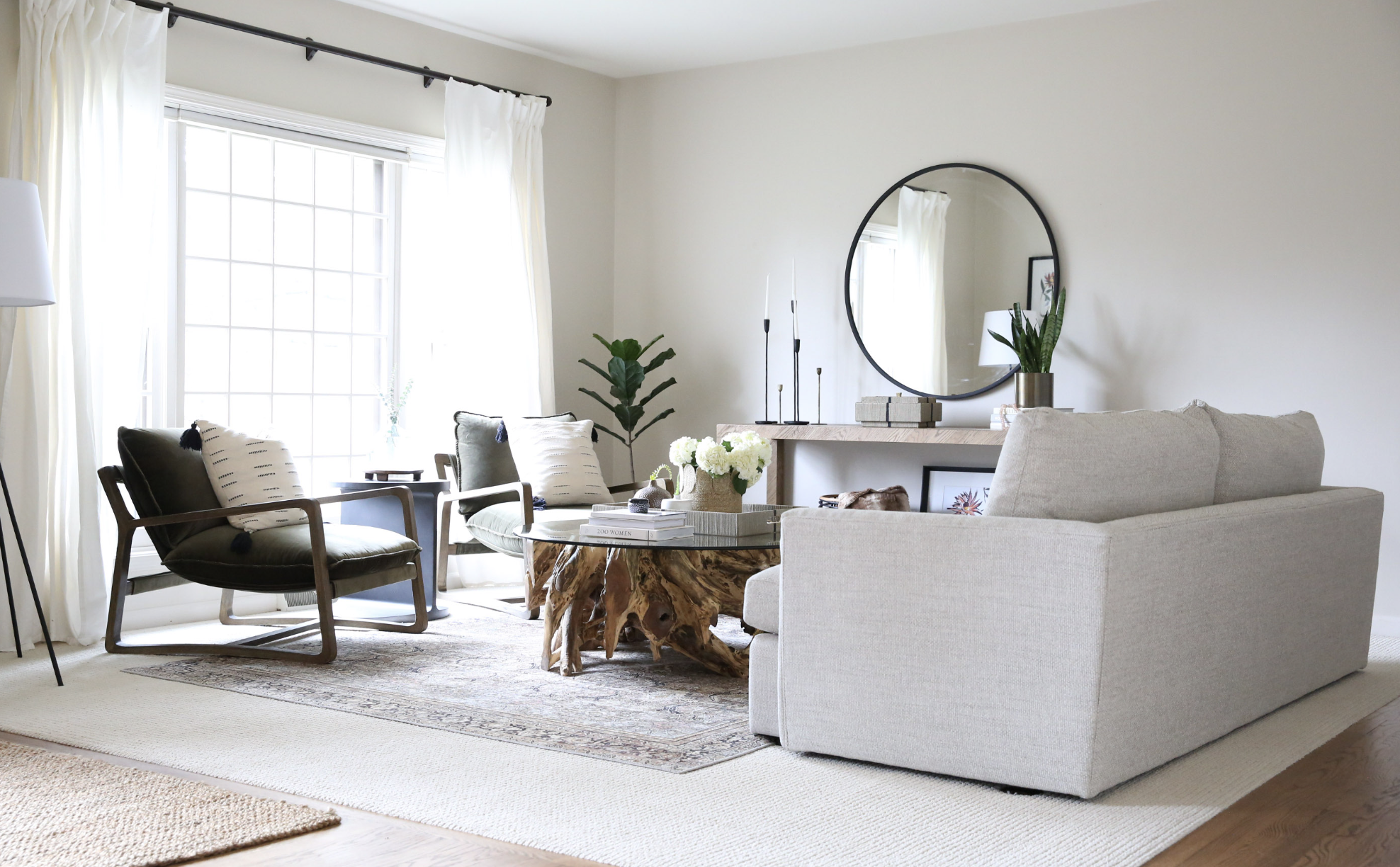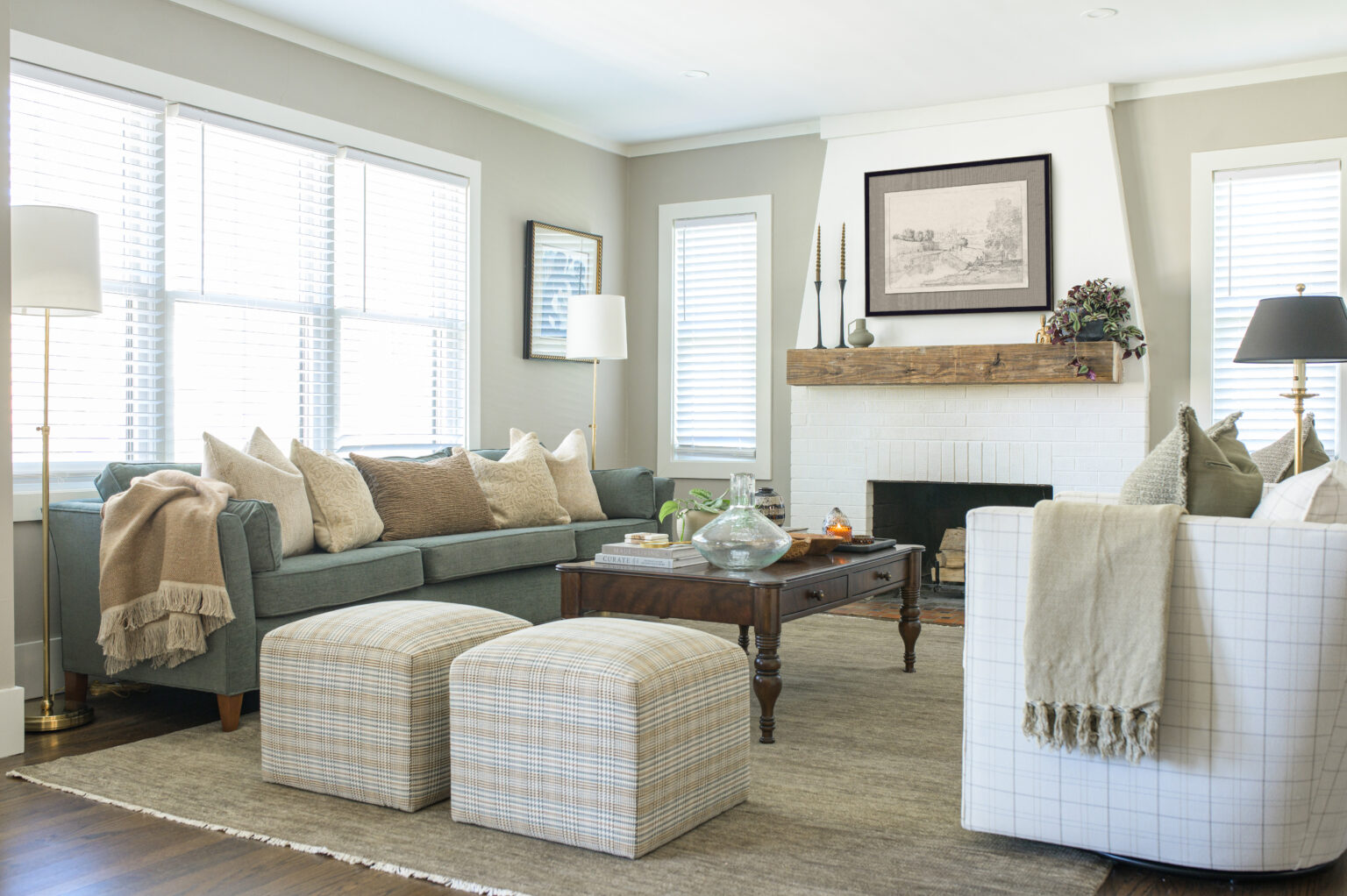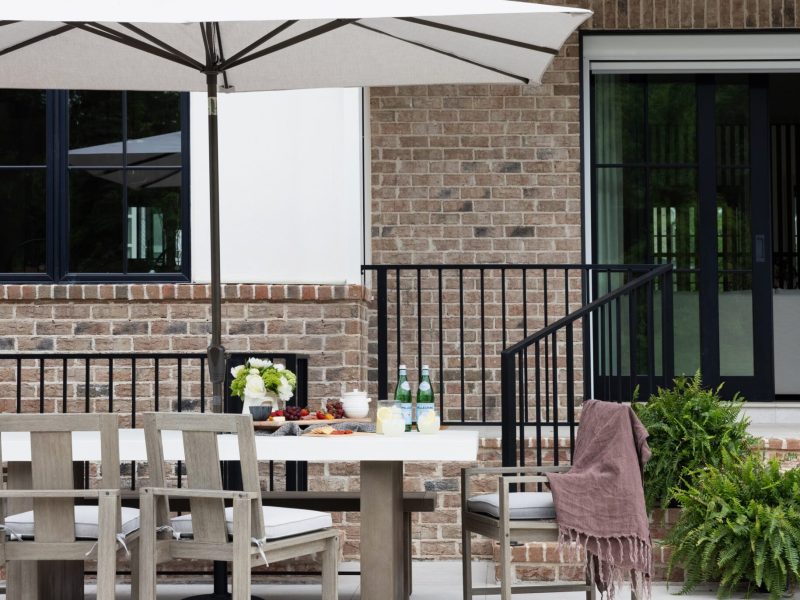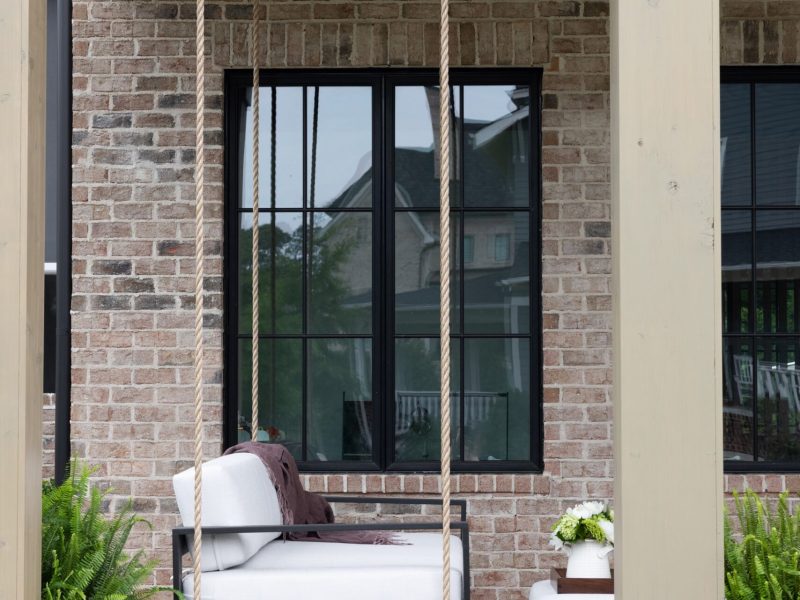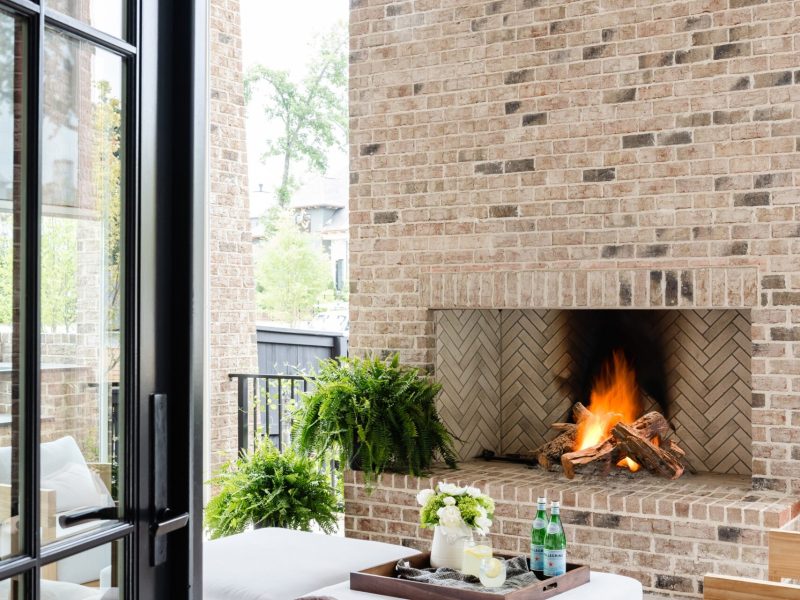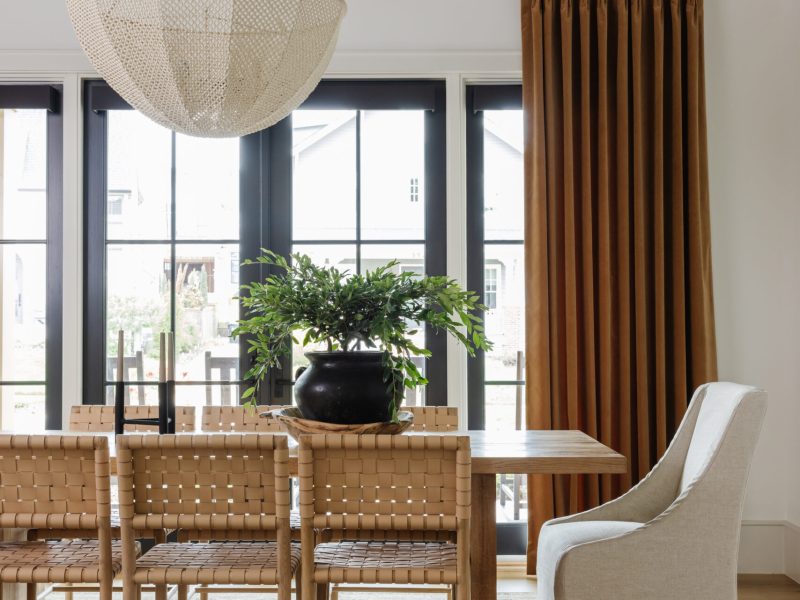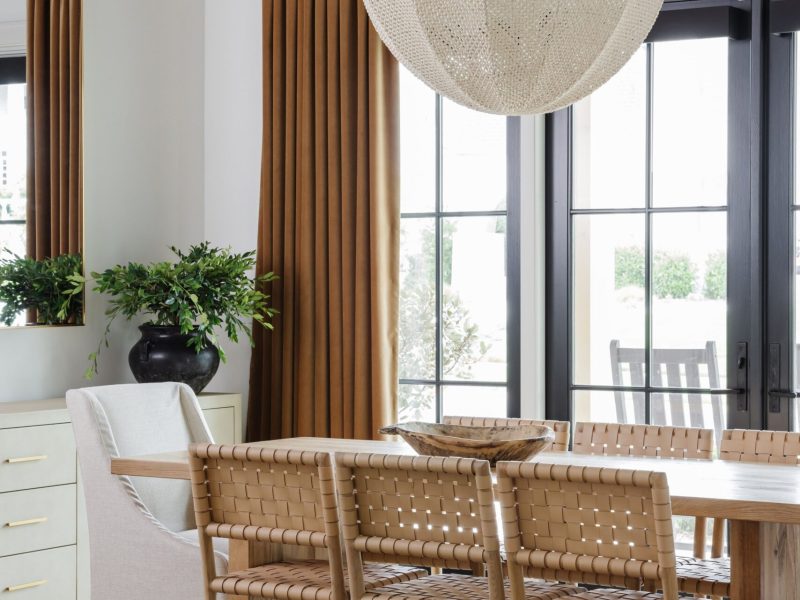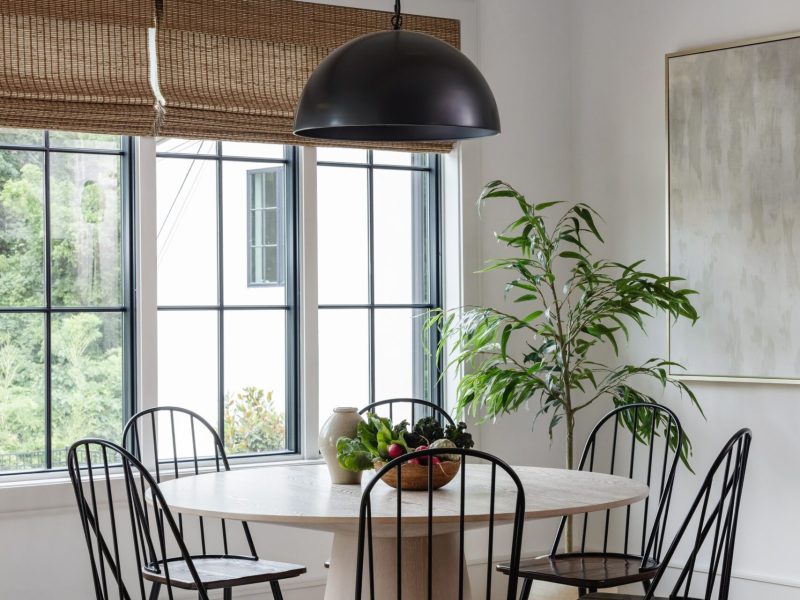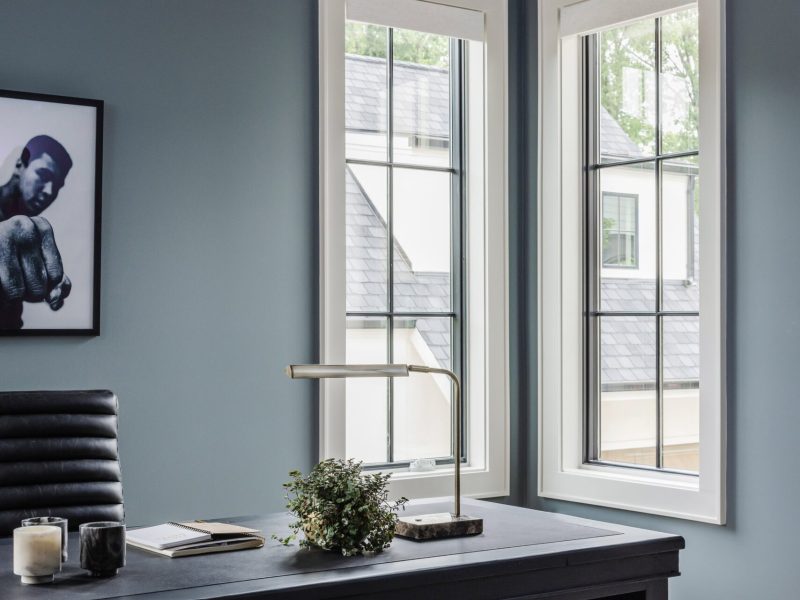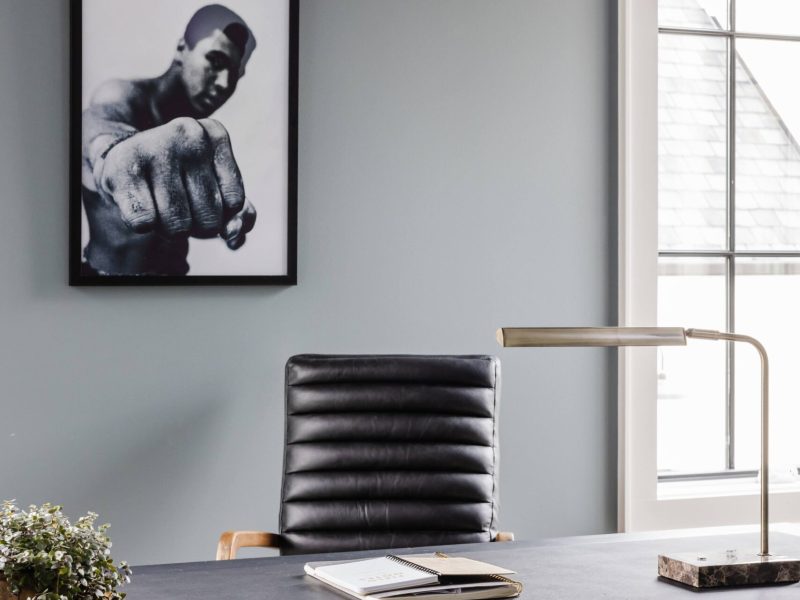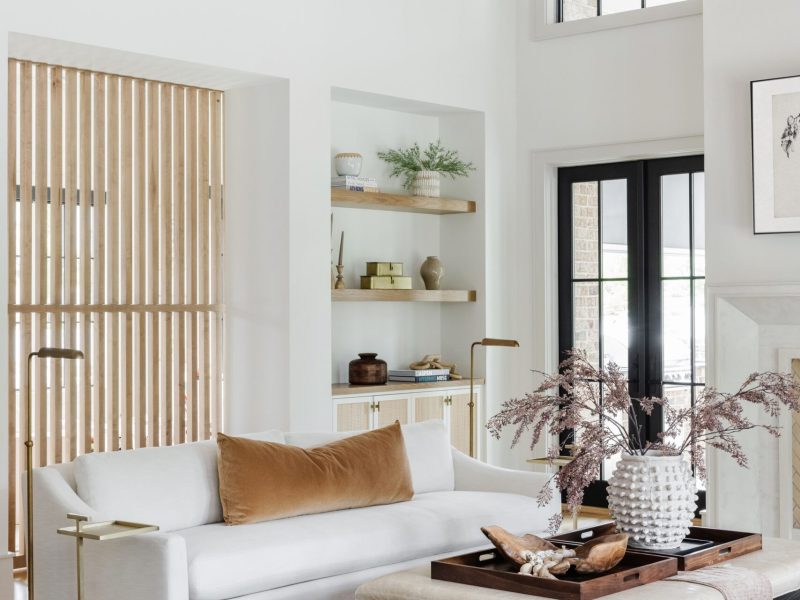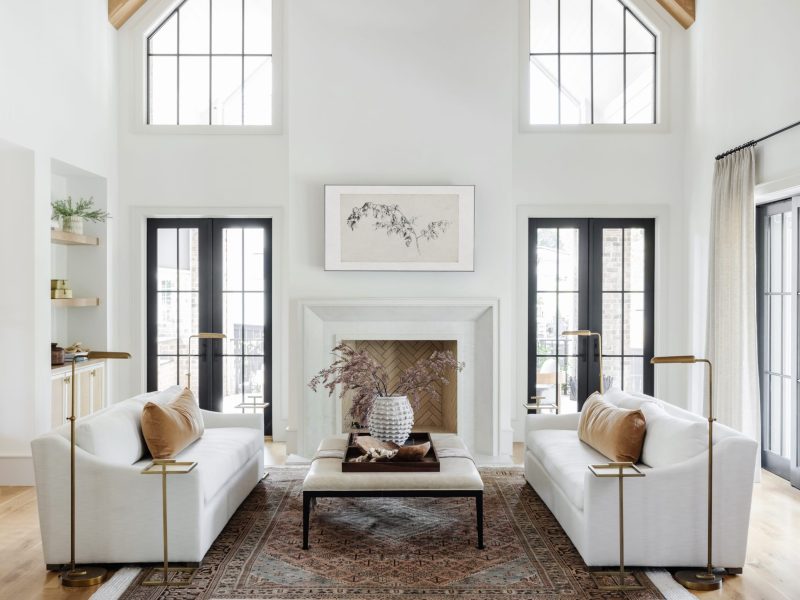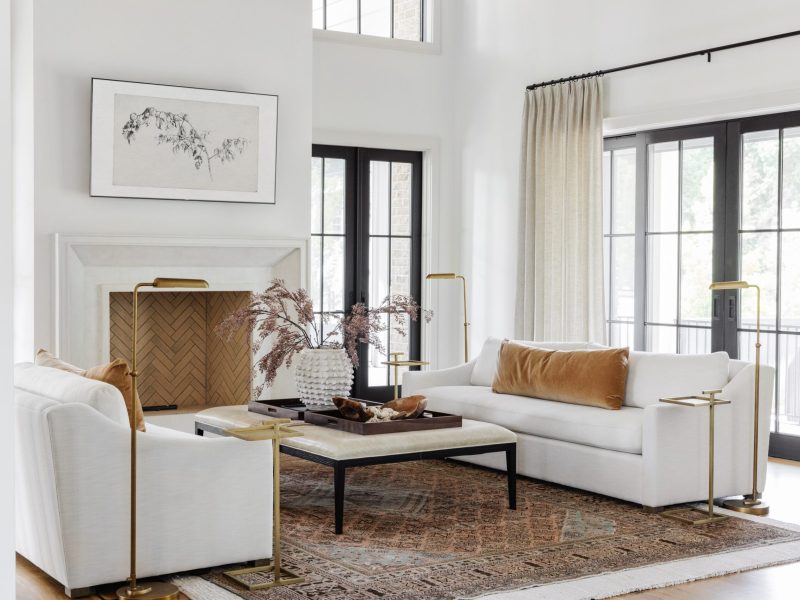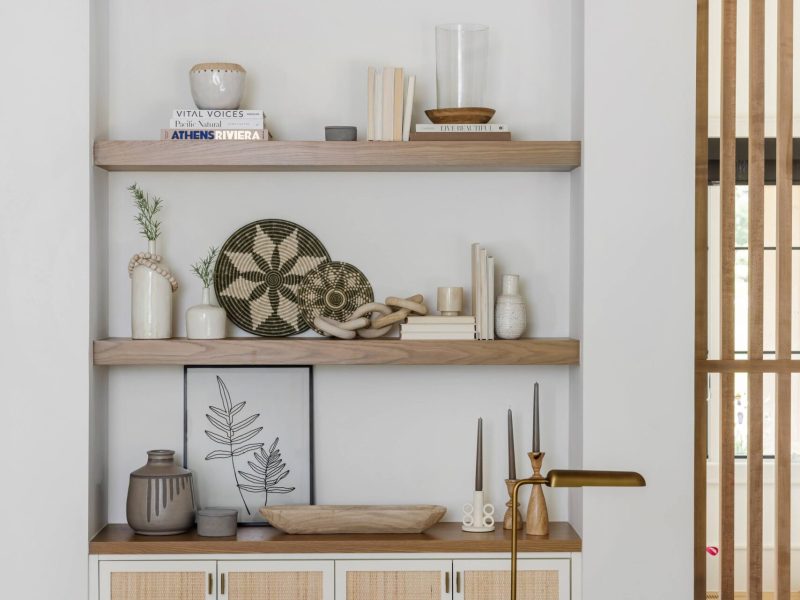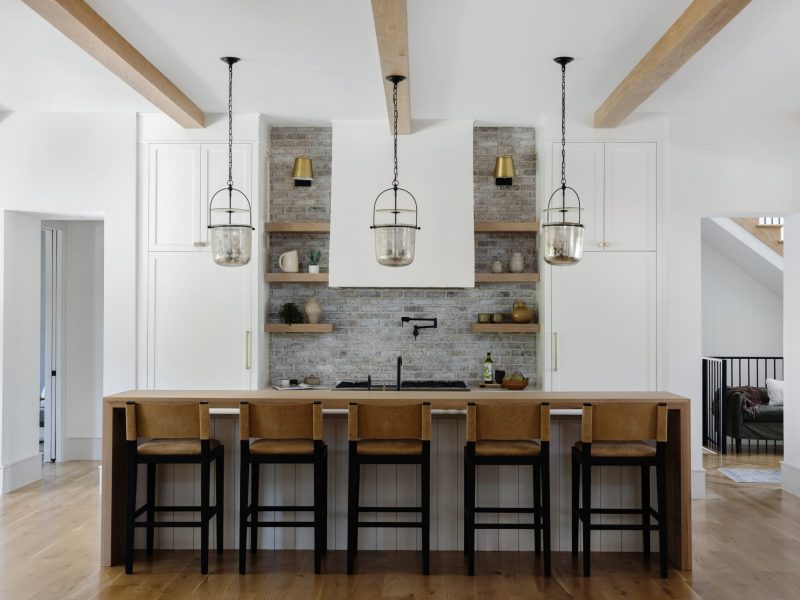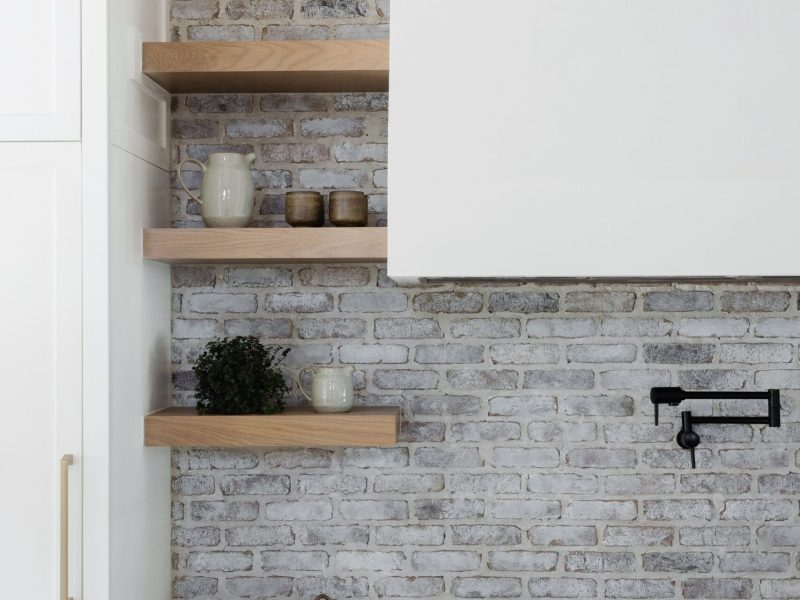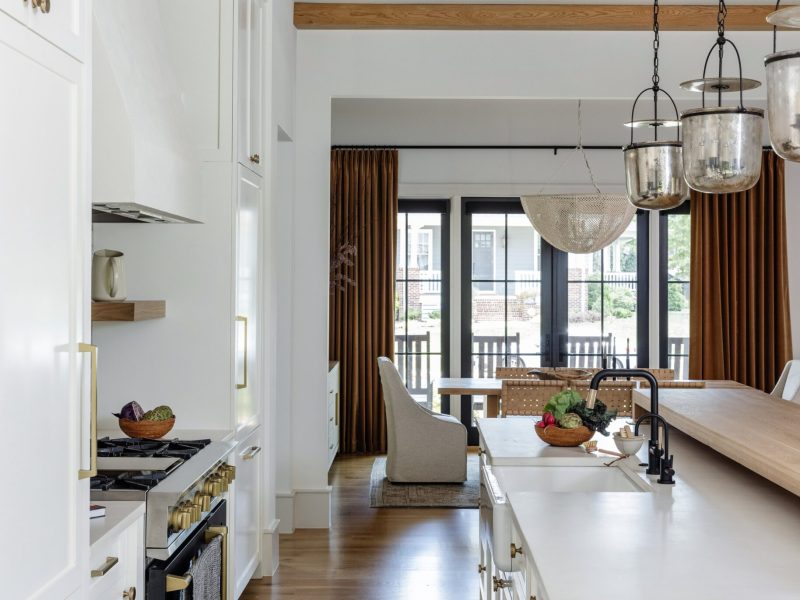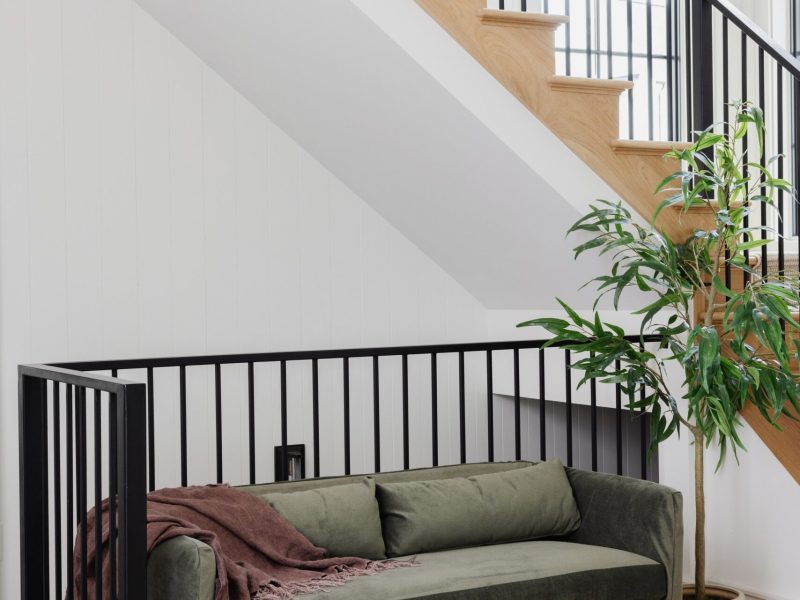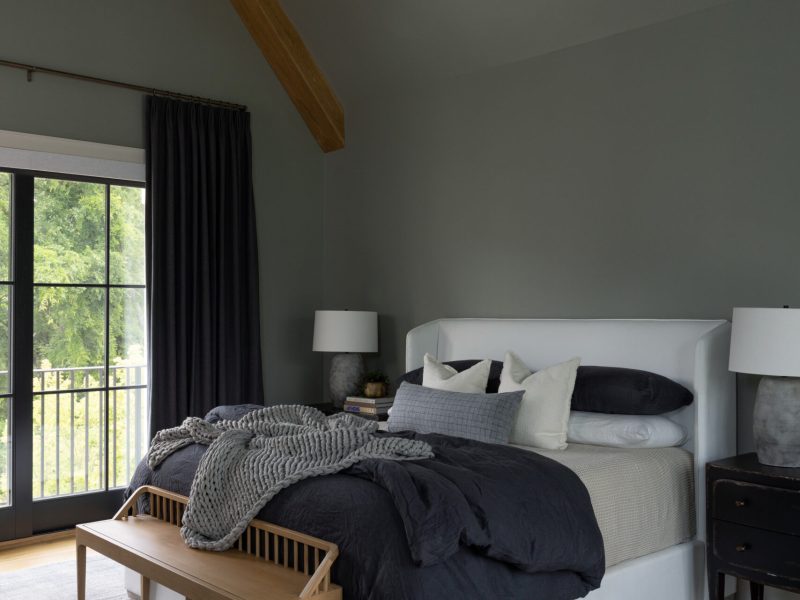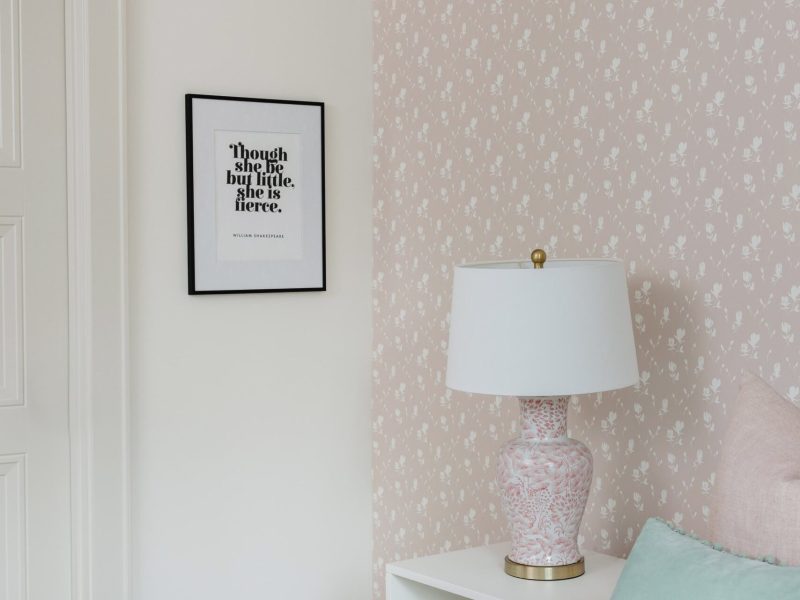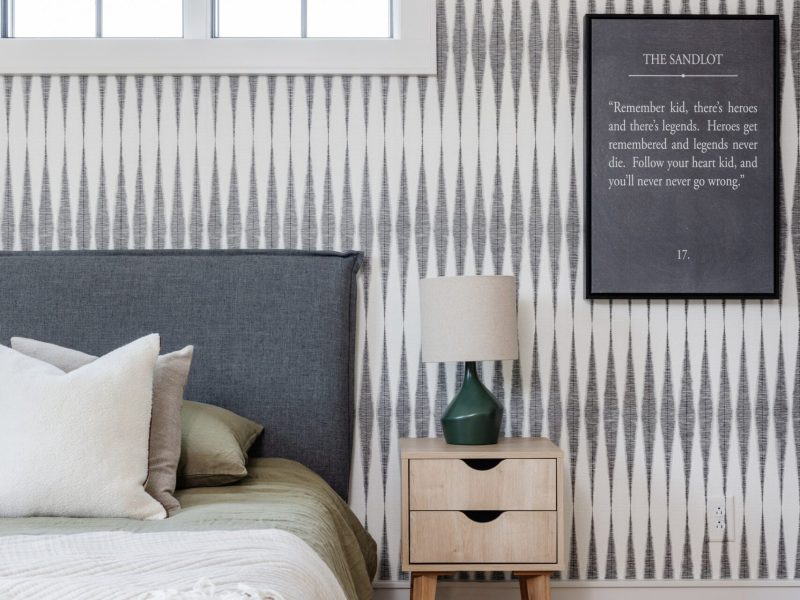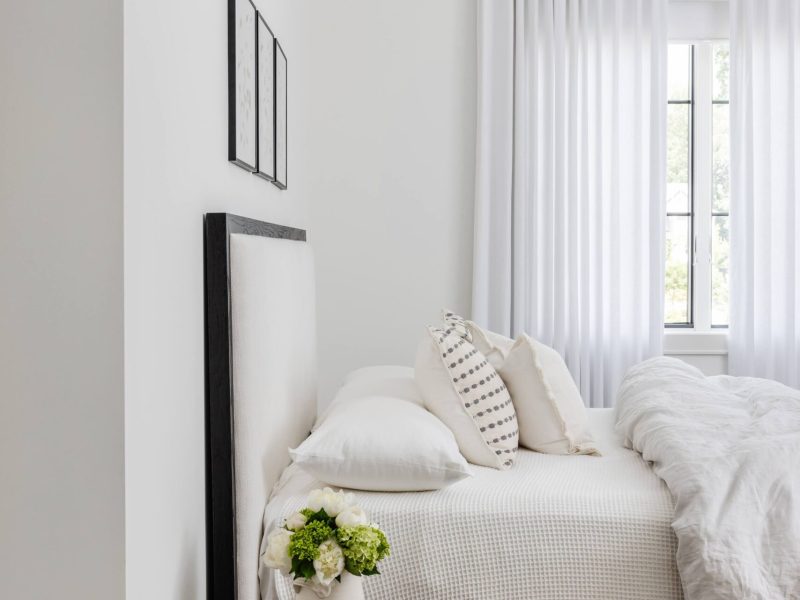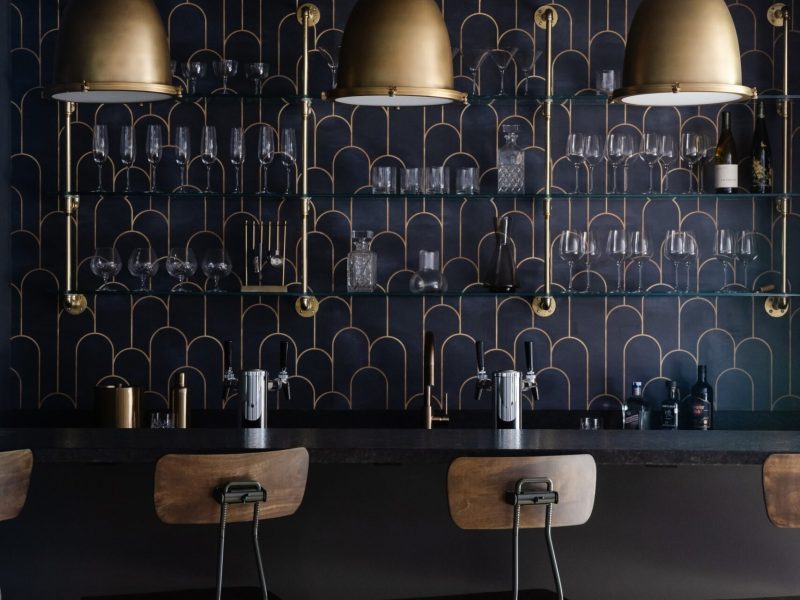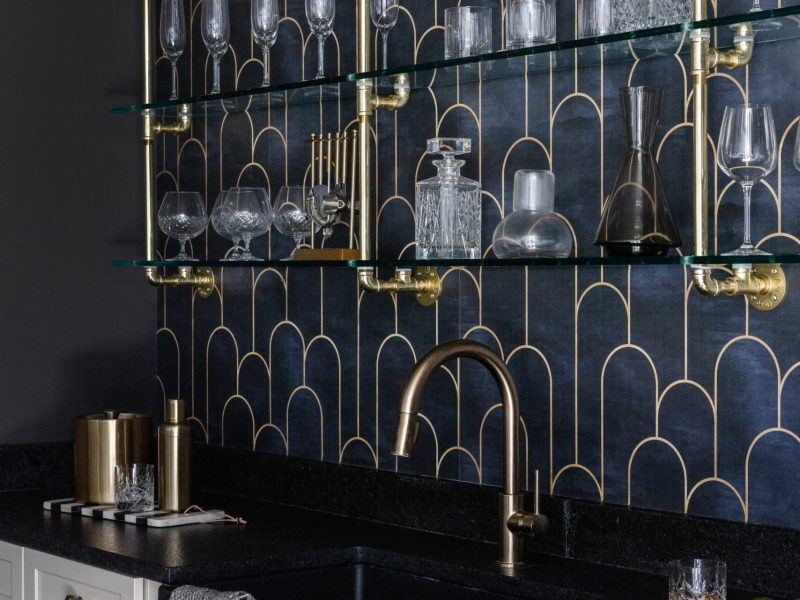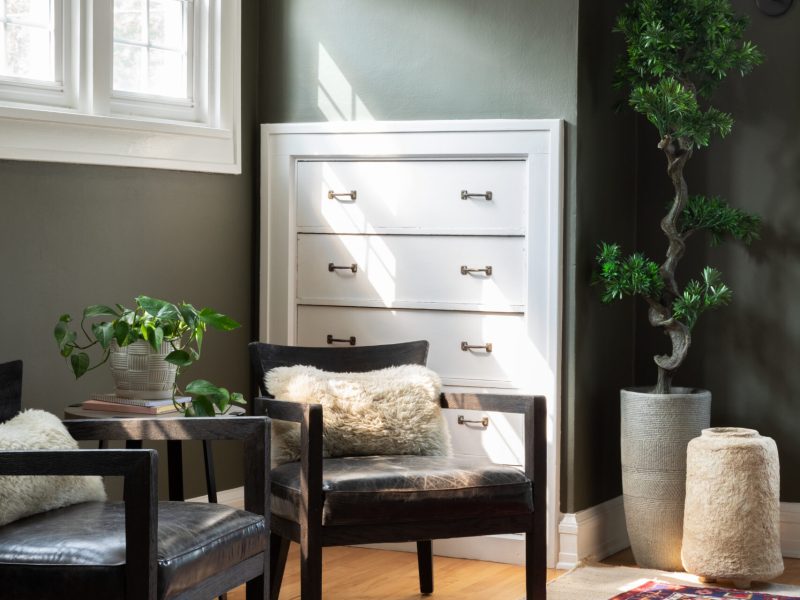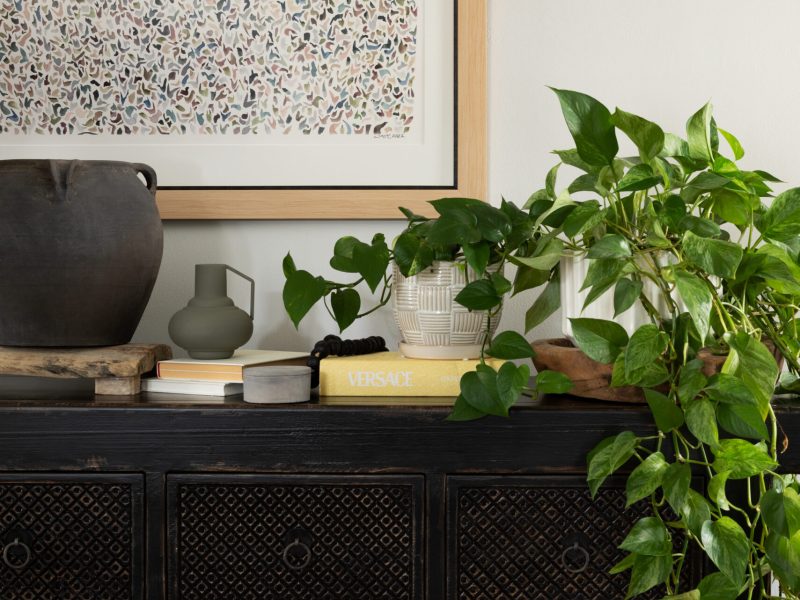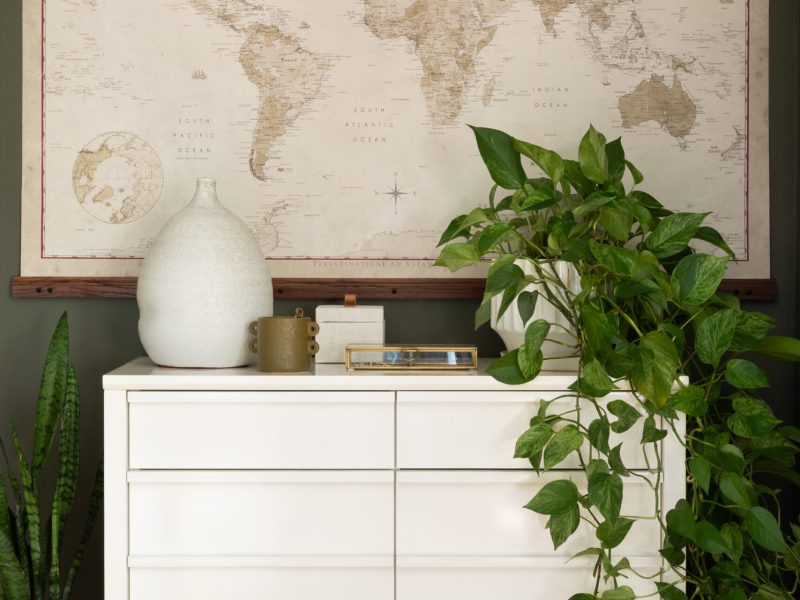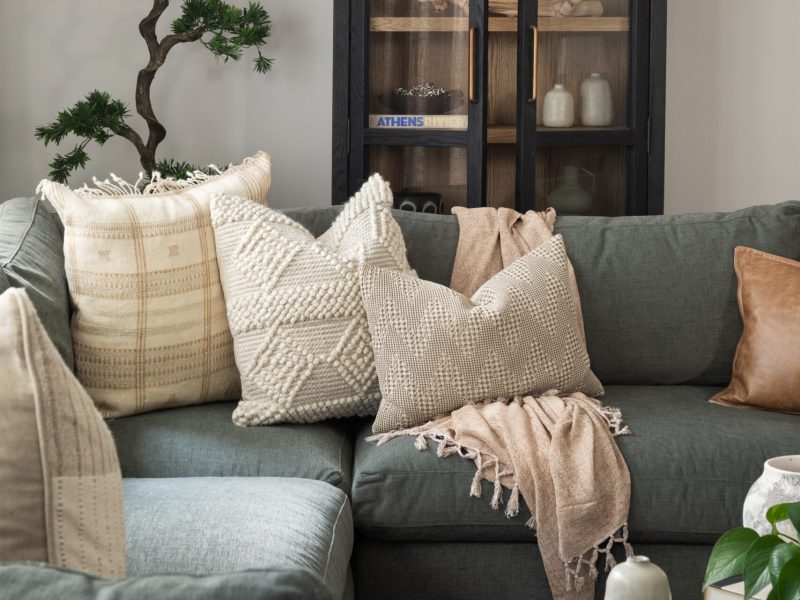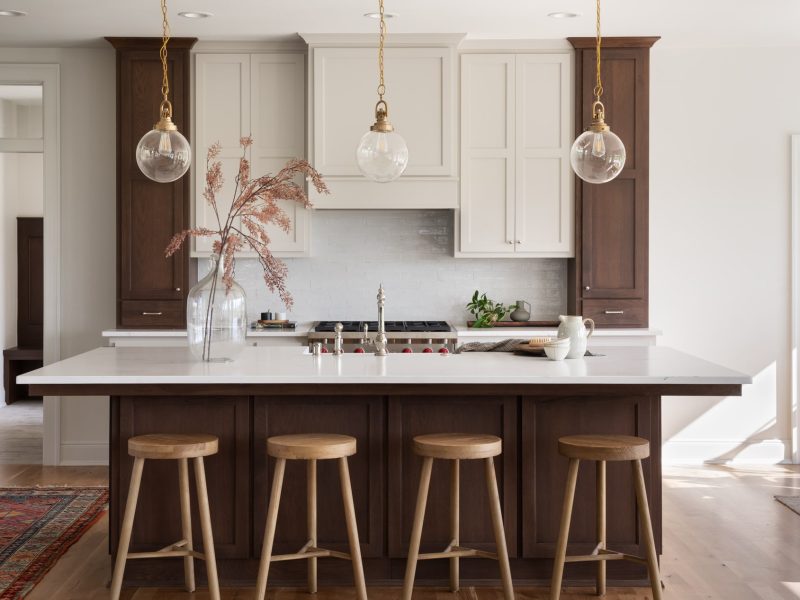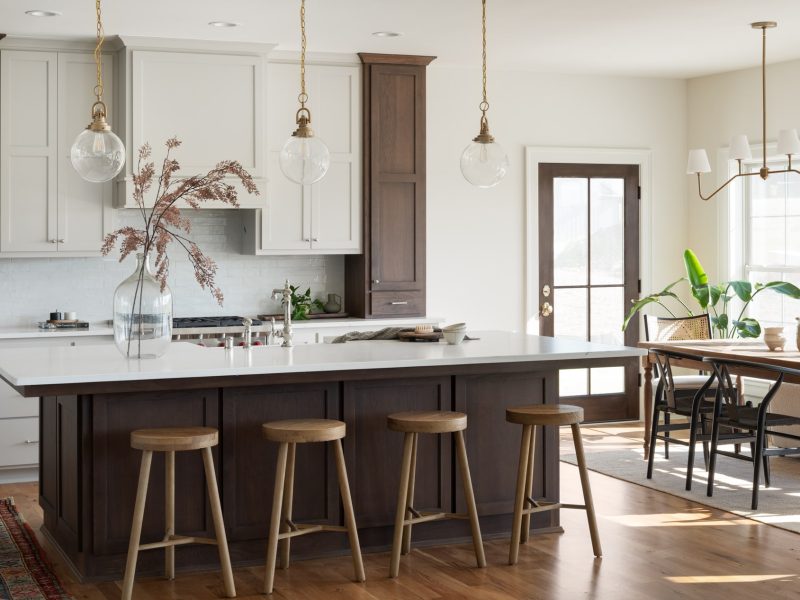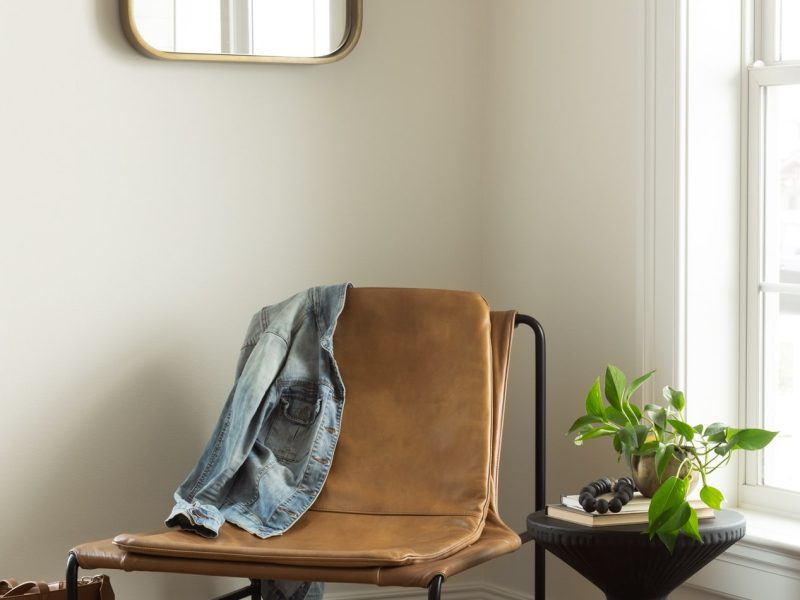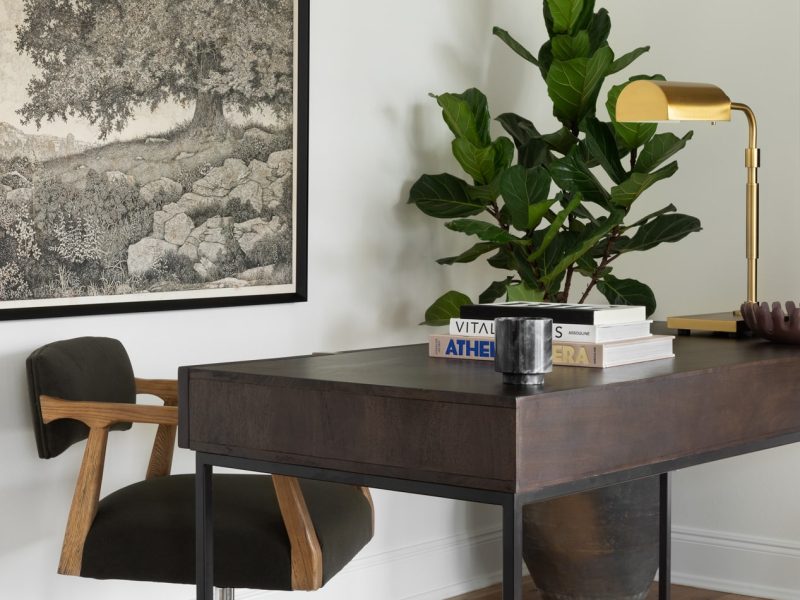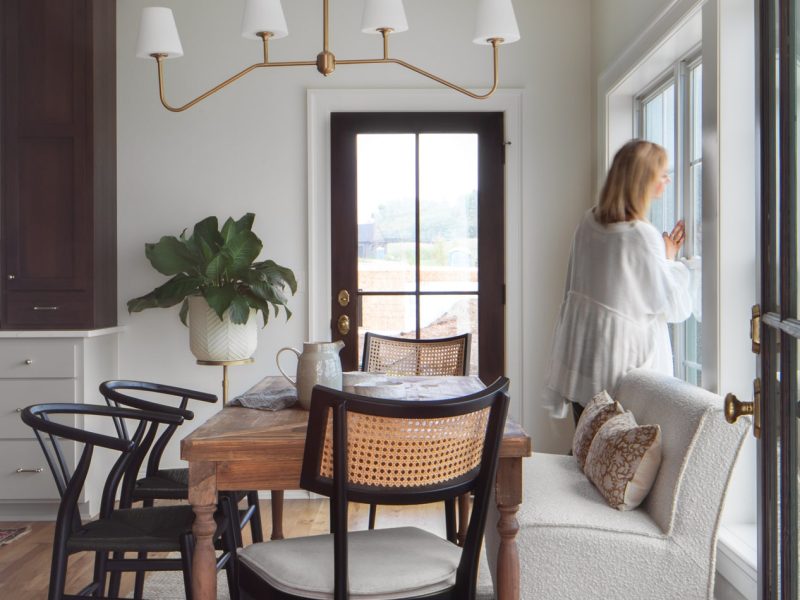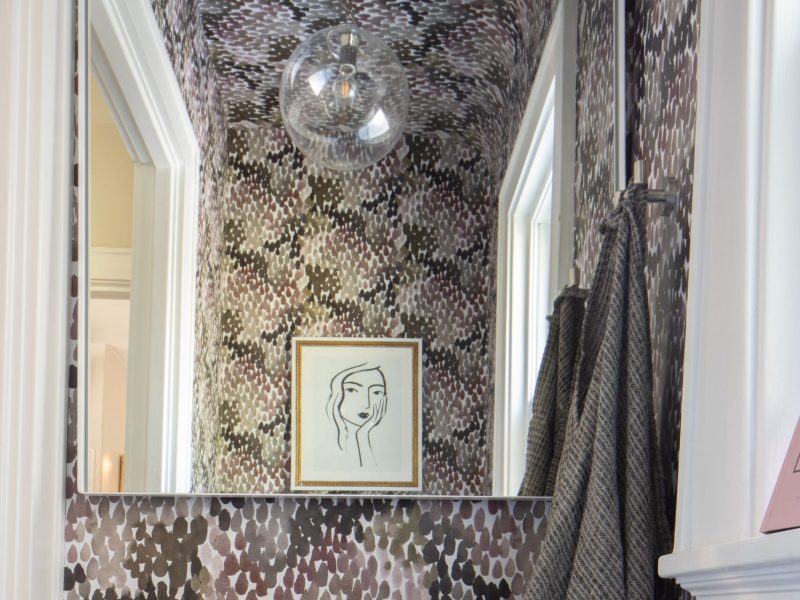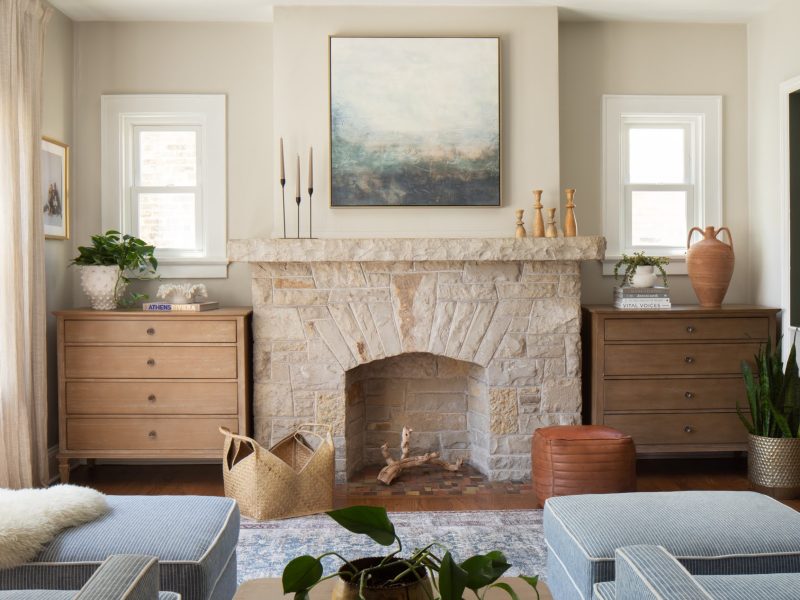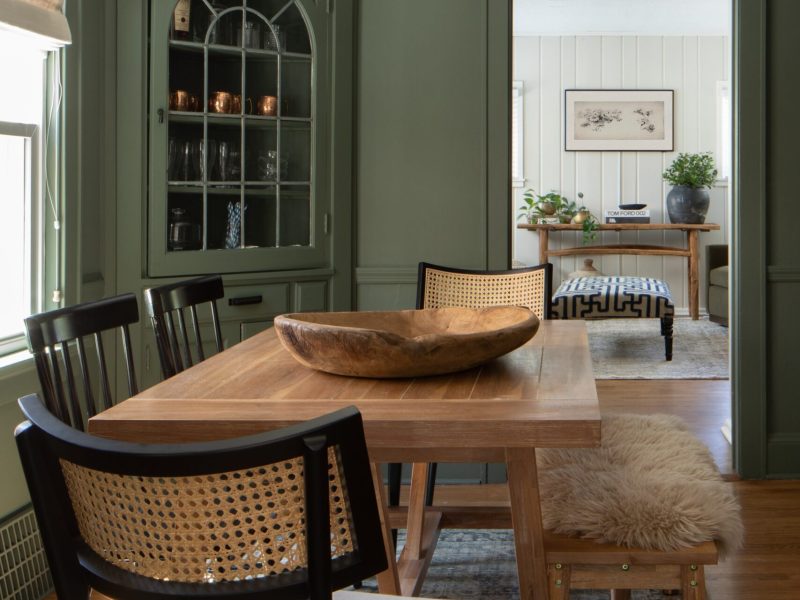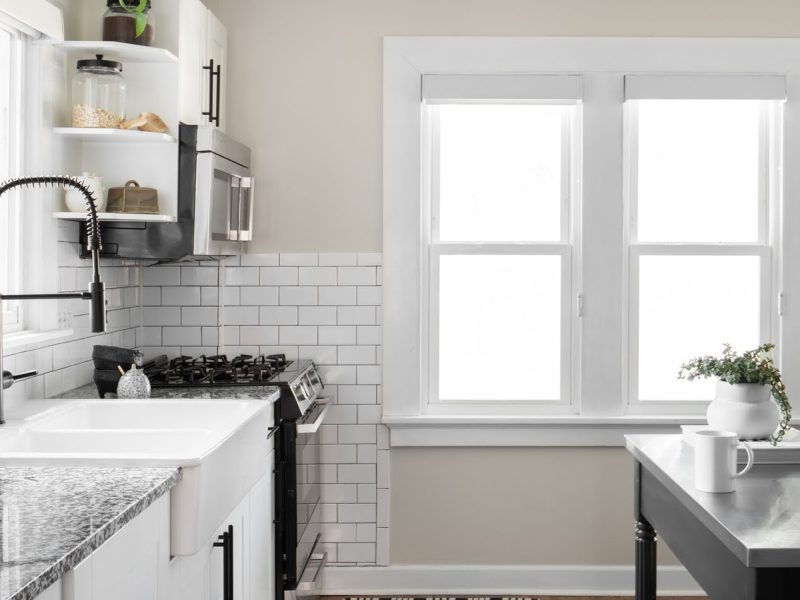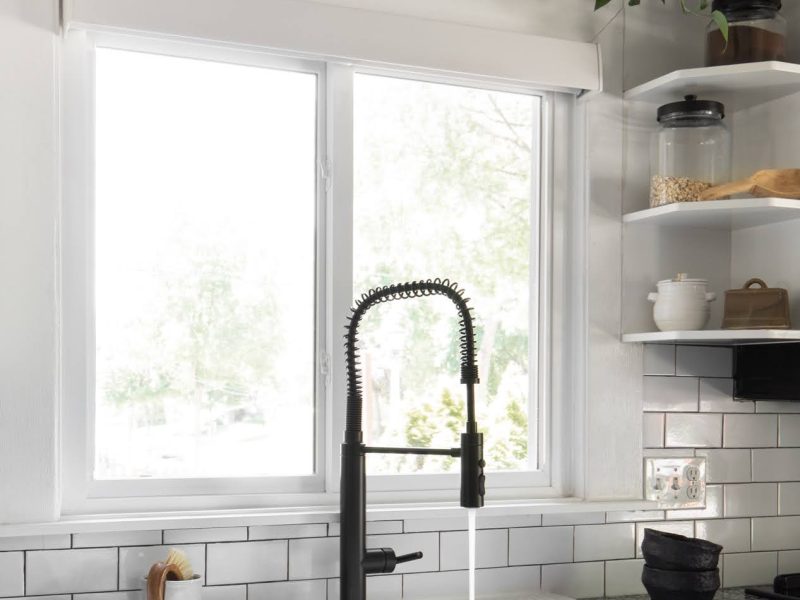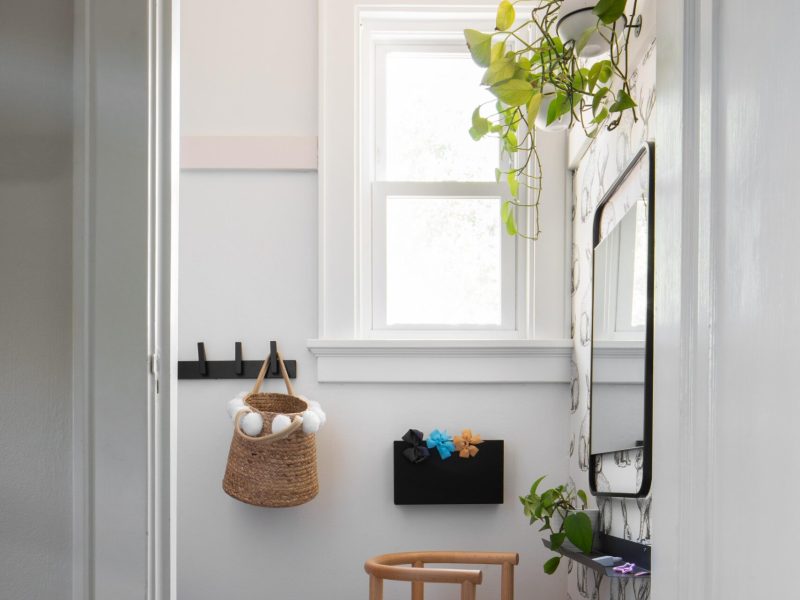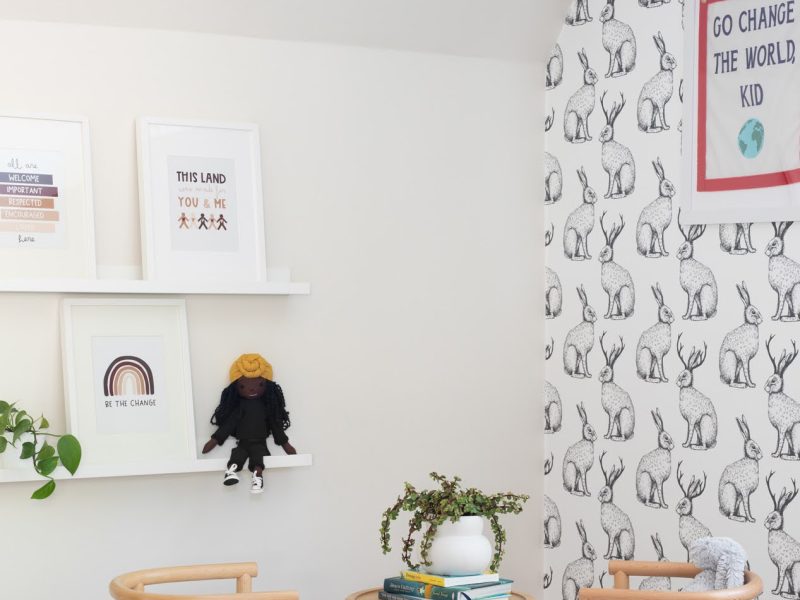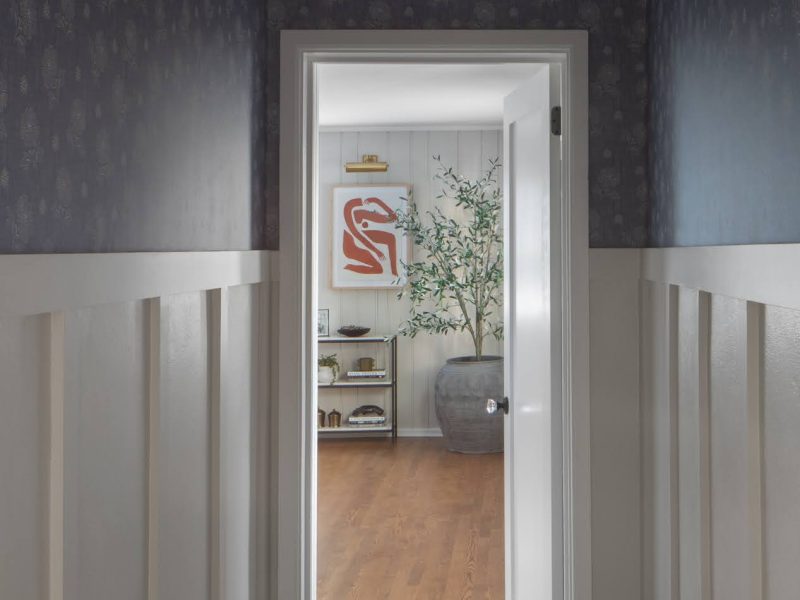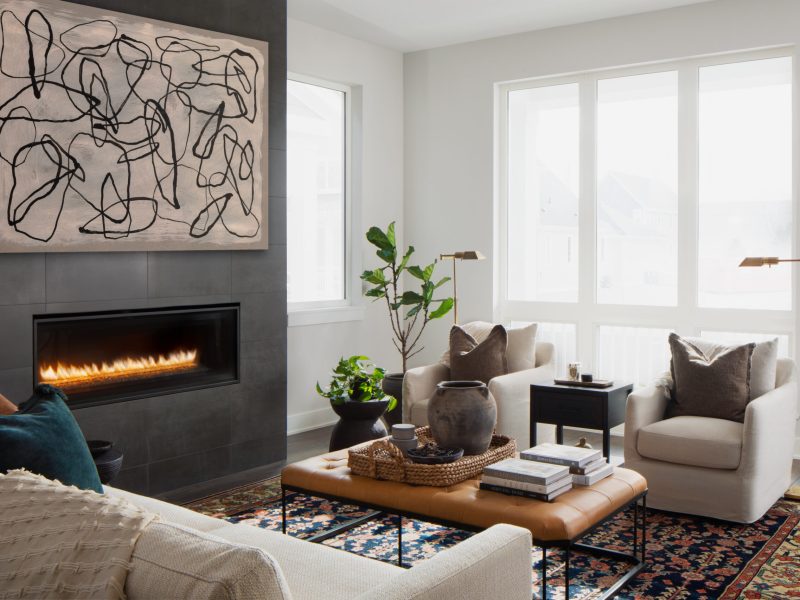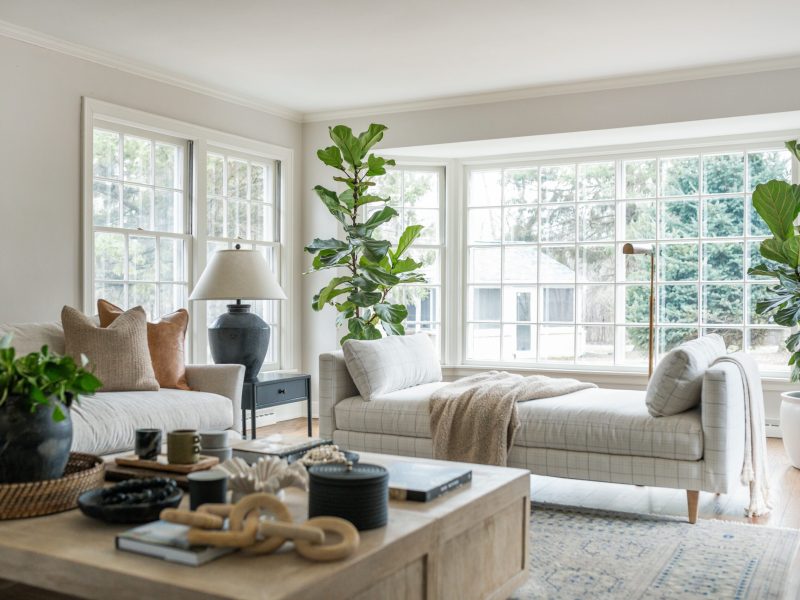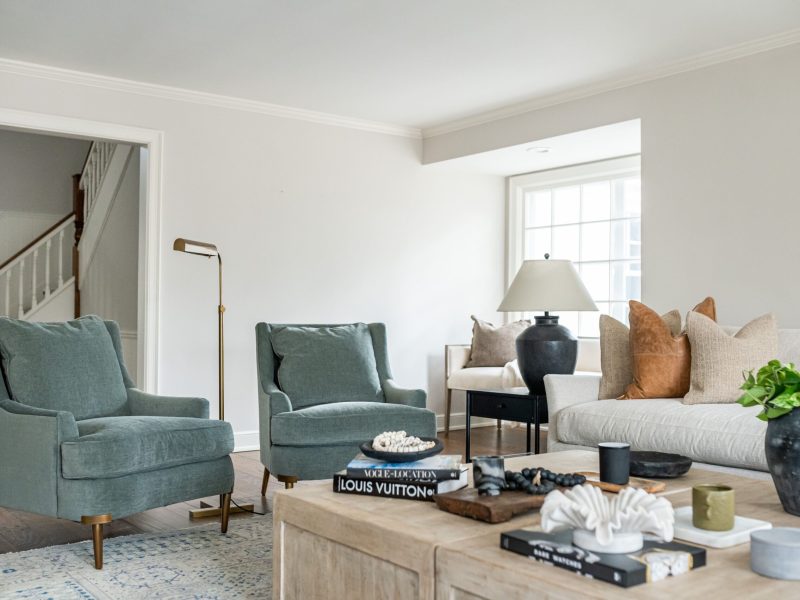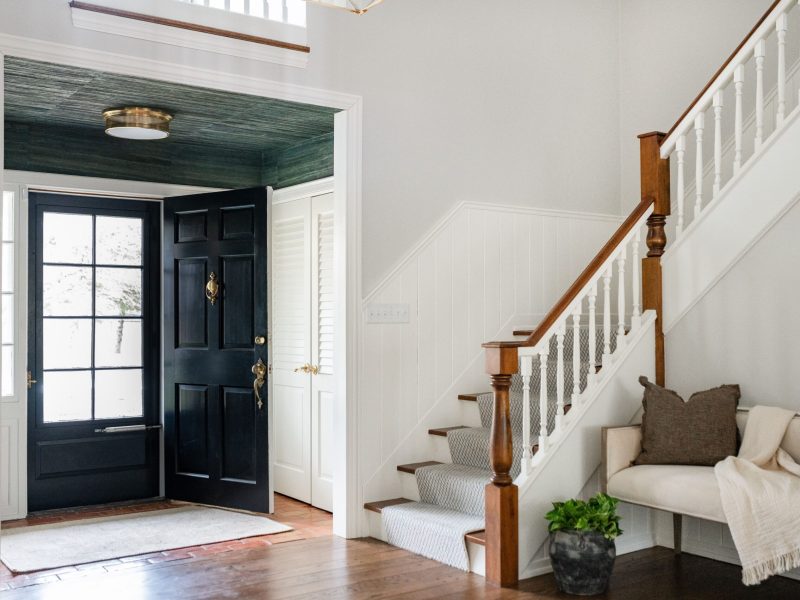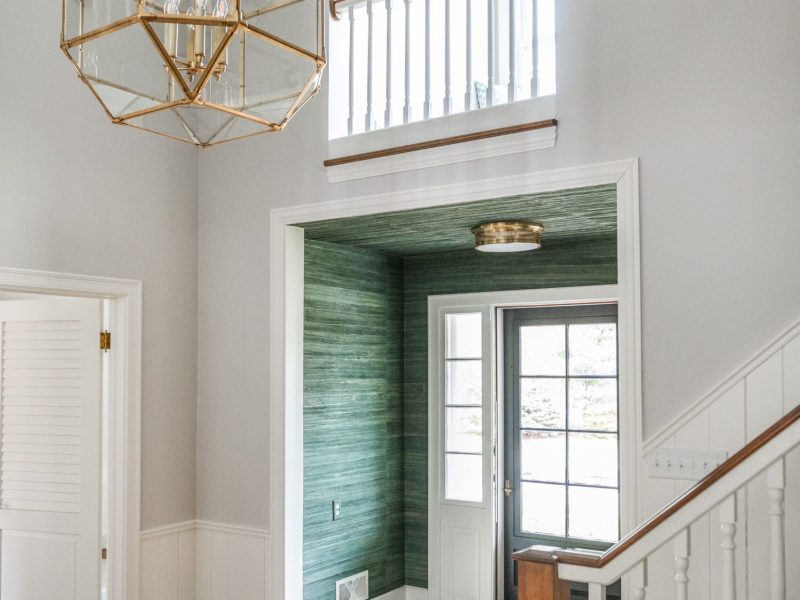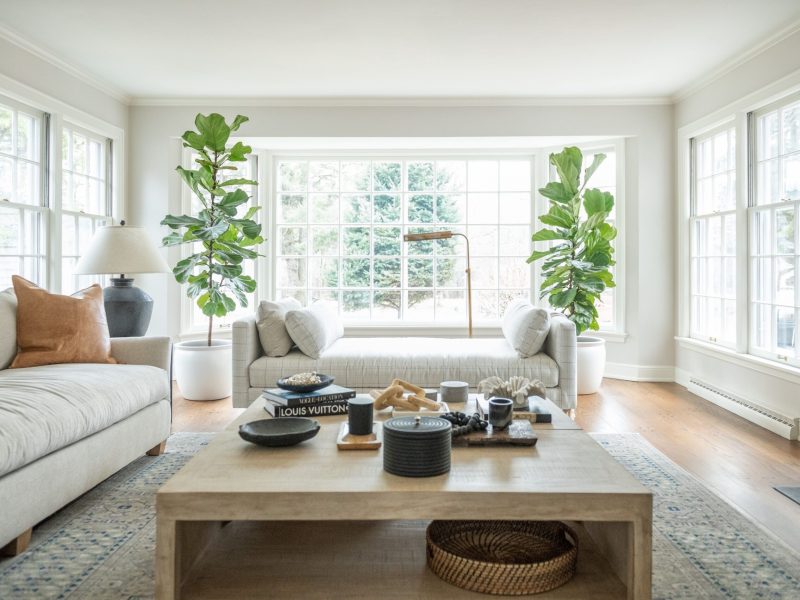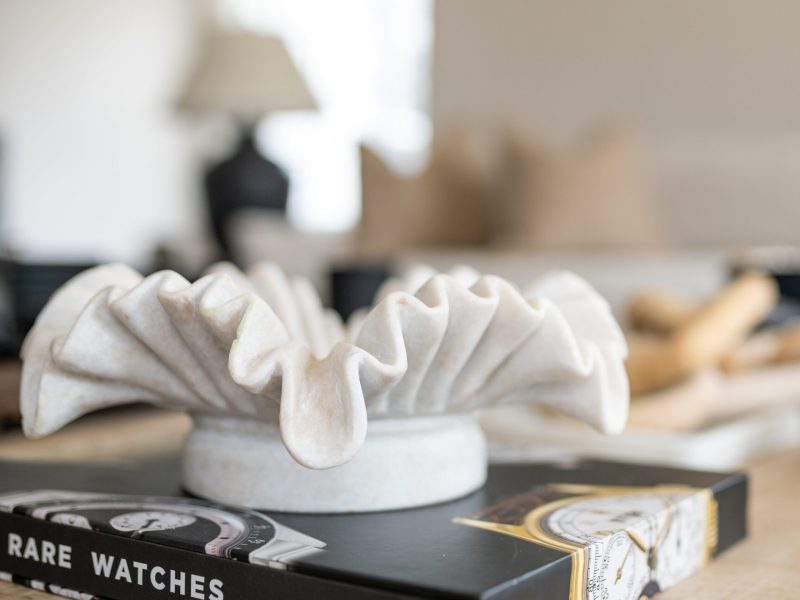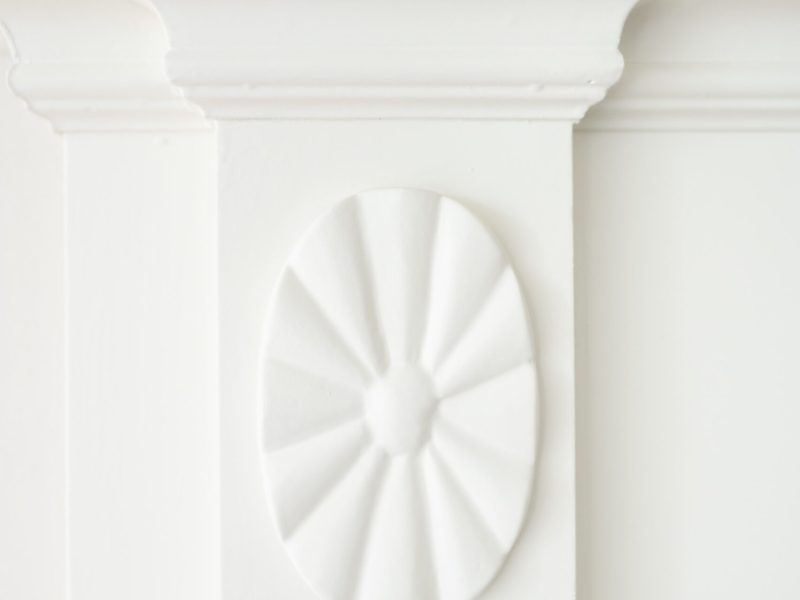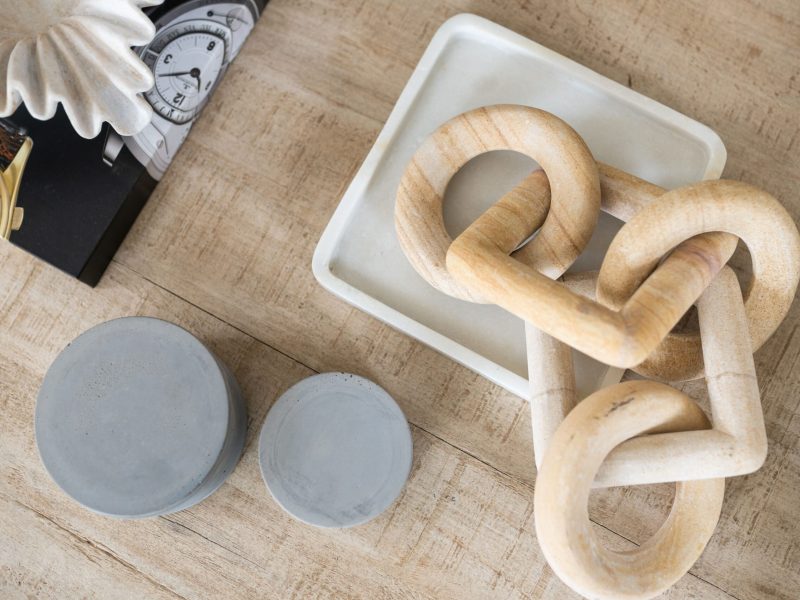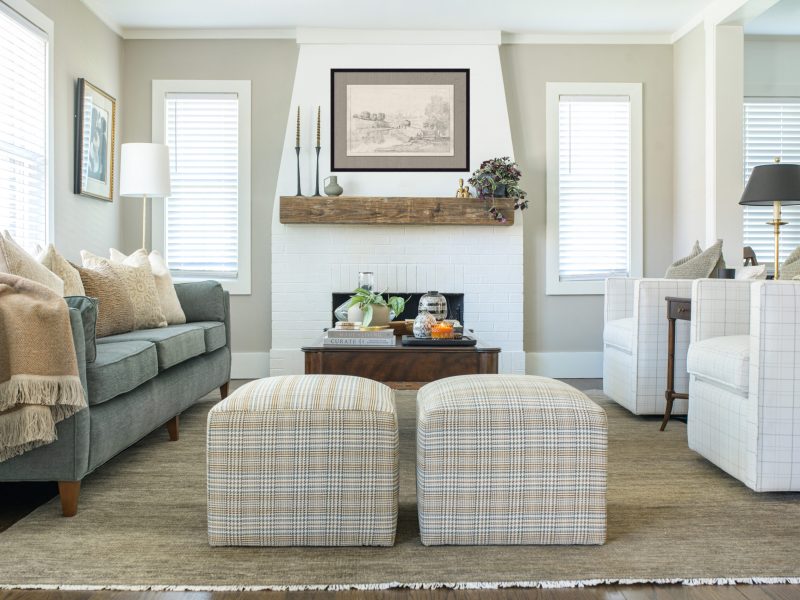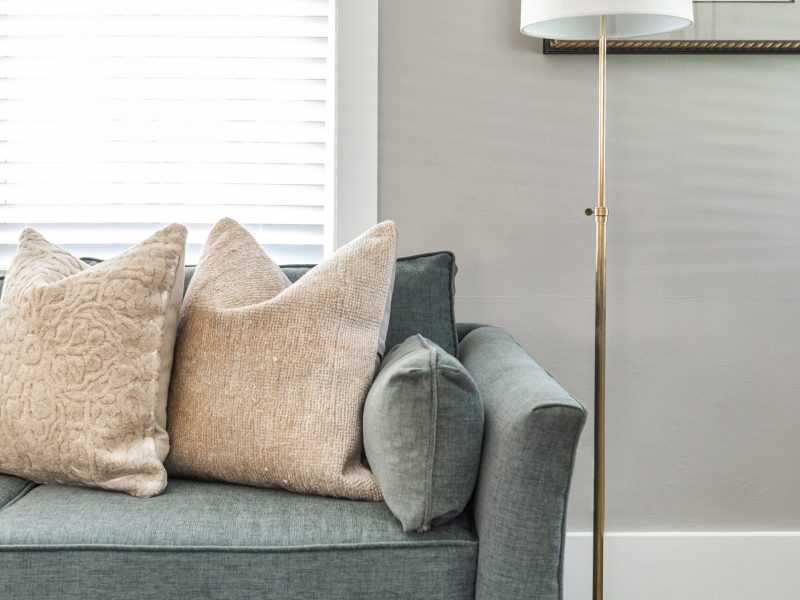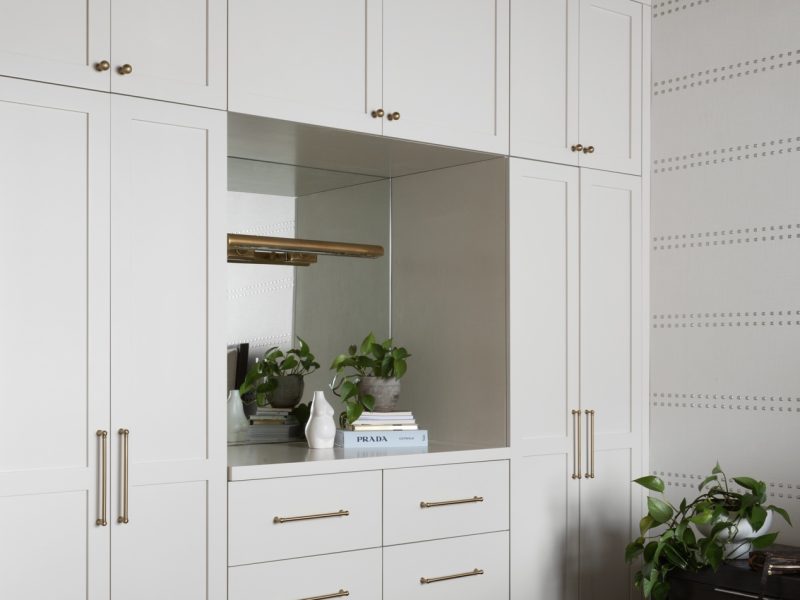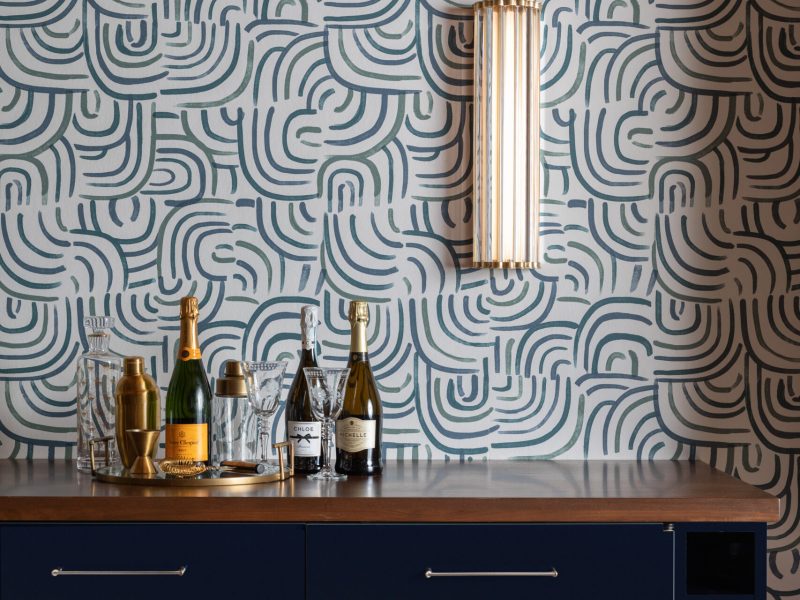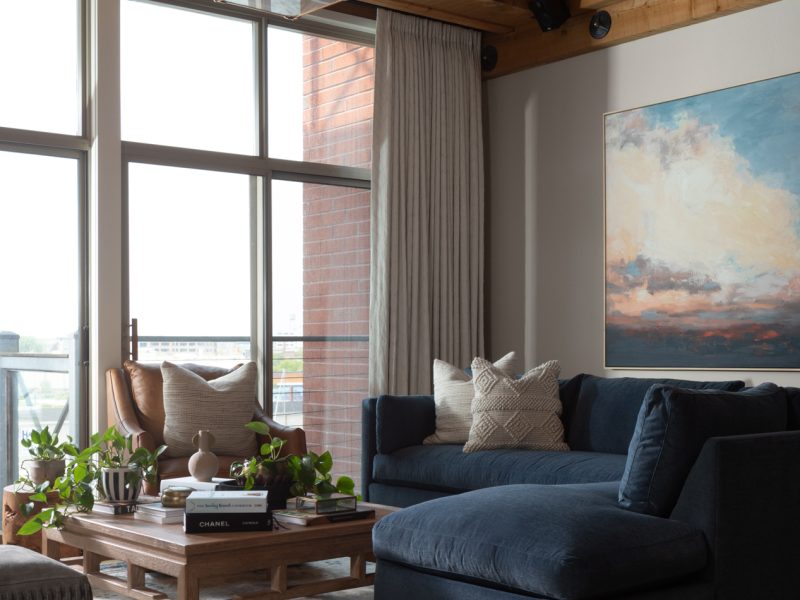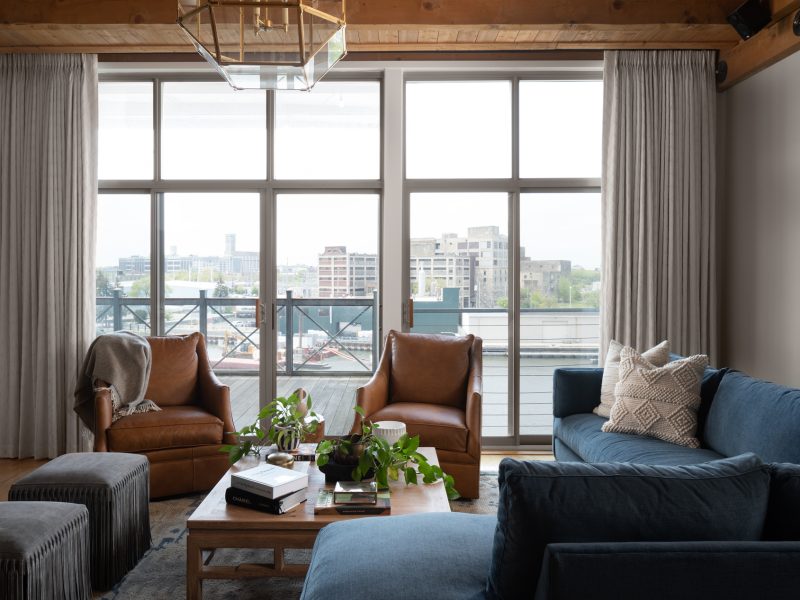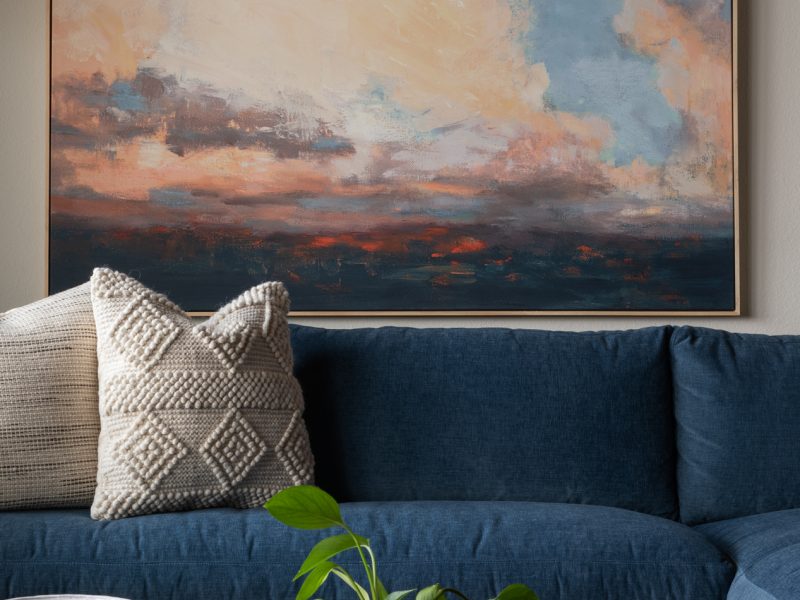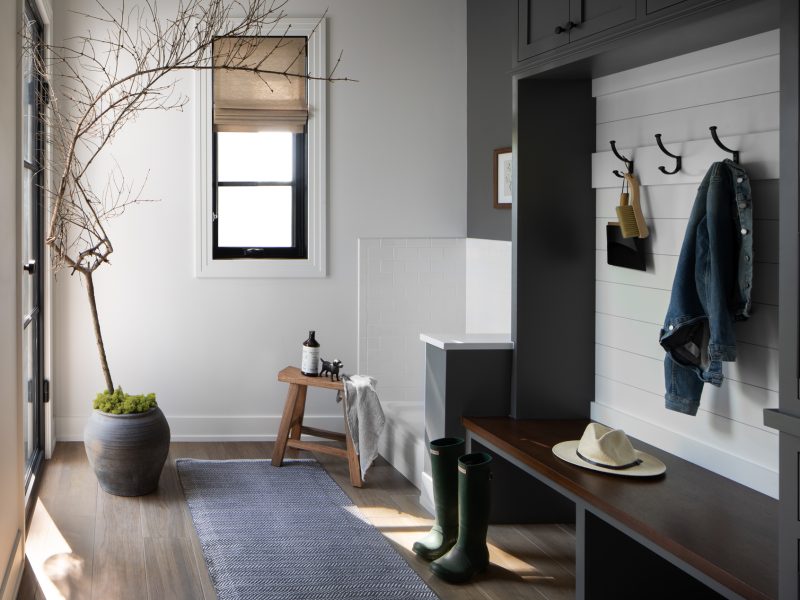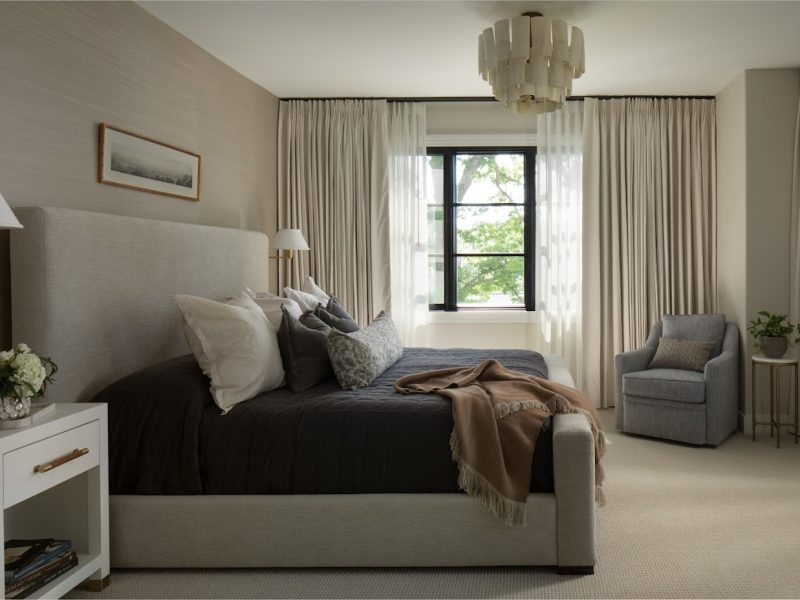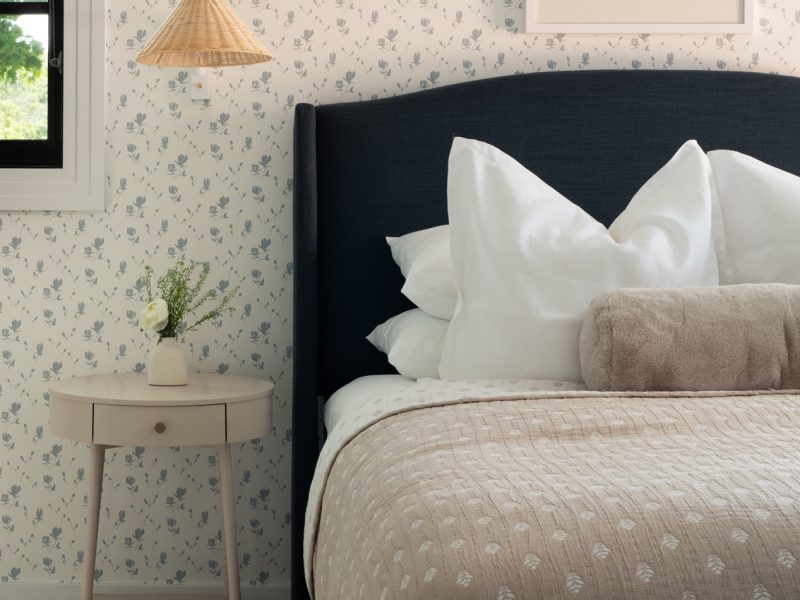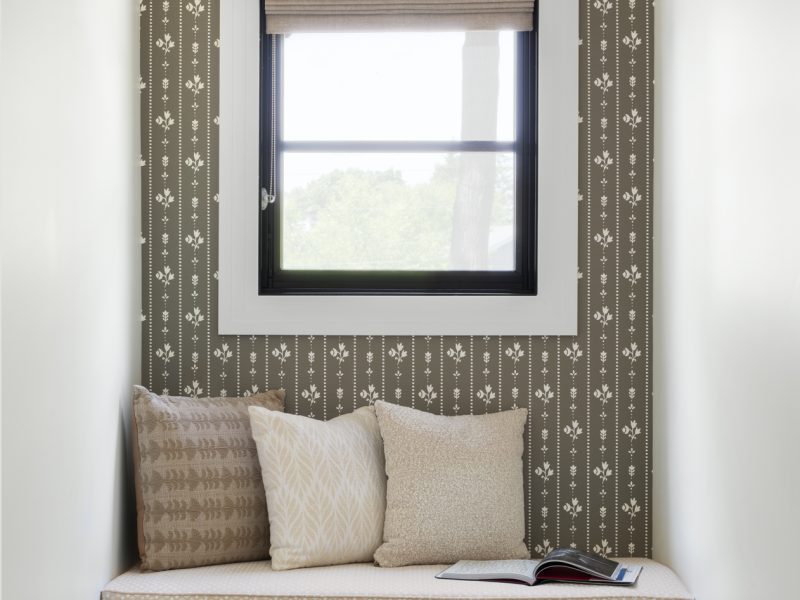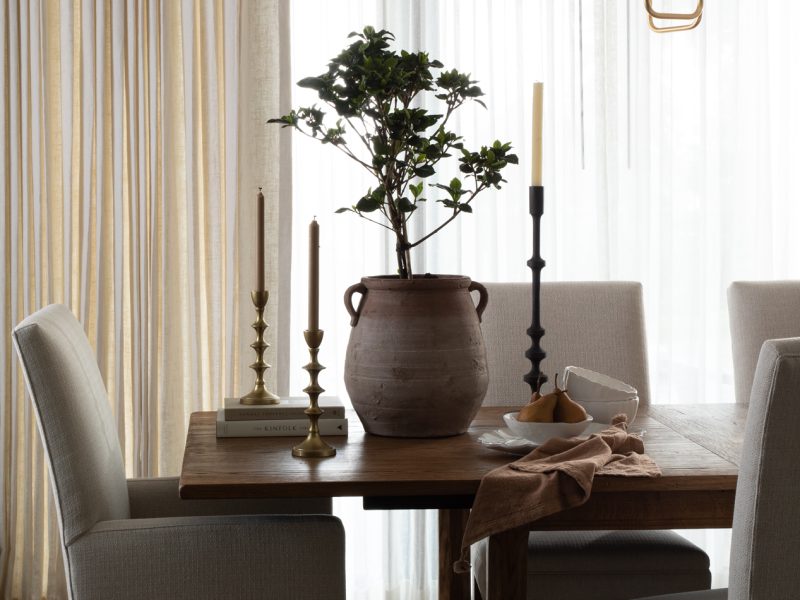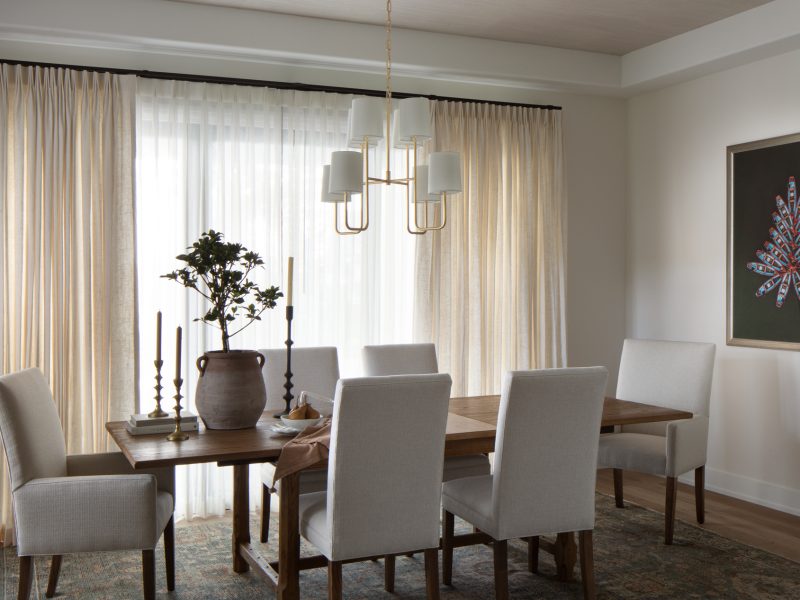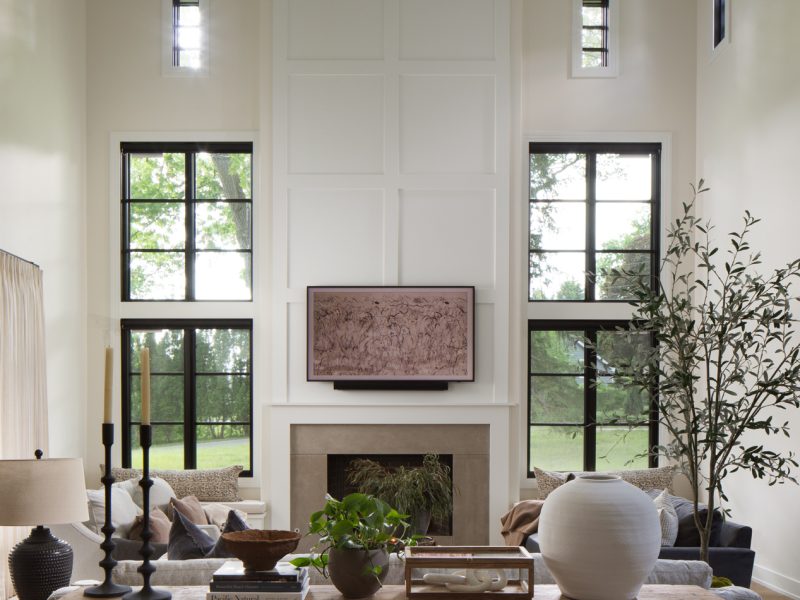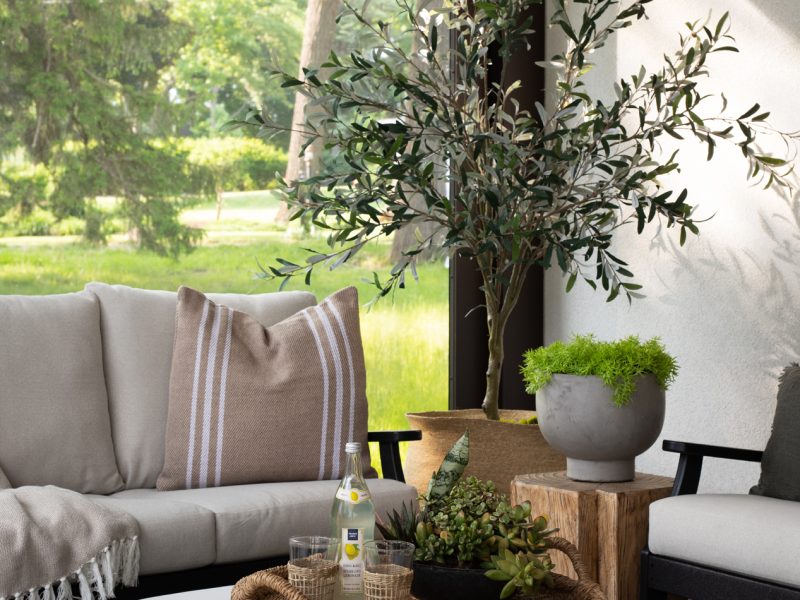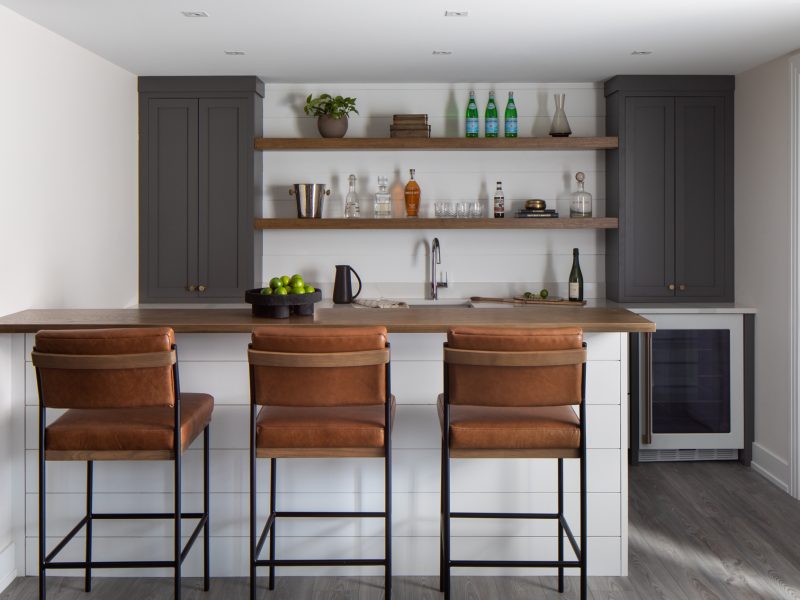The living room is one of the spaces in your home that you are likely most often in, and it’s all also the room you want to get right design-wise. However, creating a stylish space can lead to design mistakes that end up standing out. Luckily they are easy to avoid and as it turns out, there might be one little thing that makes all the difference! Today we’re sharing five of the biggest decorating mistakes to avoid in your living room.
Keep scrolling to see the 5 biggest Living Room design mistakes – and what you should be doing instead.
Looking for more design advice? Check out our posts How to Create Functional Style in Your Home and How to Style an Entryway Table.
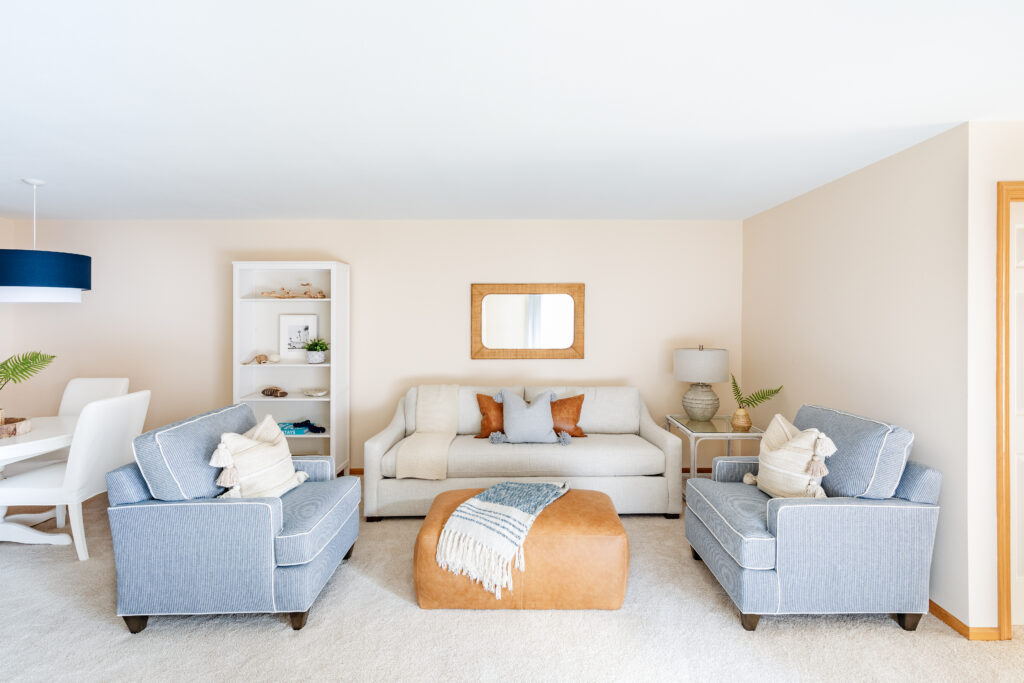
1. Selecting the Wrong Sofa
A great living room starts with a great sofa. The couch is the centerpiece of the living room. Choosing the right sofa for your living room is an important process. It’s about more than simply choosing your favorite color and guesstimating the size you need. Scale, the shape of your space, traffic flow, and the intended use are all factors that you’ll need to consider before deciding on your dream sofa and its appropriate size.

2. A Rug That’s Too Small
A rug that’s too small for a space can have a big impact on how the space looks and feels. It can often make a living room feel out of scale or disconnected from the furniture. To avoid a rug that’s too tiny, make sure that every piece of furniture is partially on the rug. This will help ensure that rug fills the space properly.

3. Furniture That’s Out Of Scale
The style of your furniture in the living room is important, but you also need to keep in mind the size. Choosing pieces with the right scale for the room is just as crucial as how they look because it creates a balance of visual weight that will make your living room feel more cohesive. Large pieces like a sectional need to be paired with pieces that are equally grand. When furnishing your living room, start with the largest living room furniture pieces like sofas, chairs, and consoles.
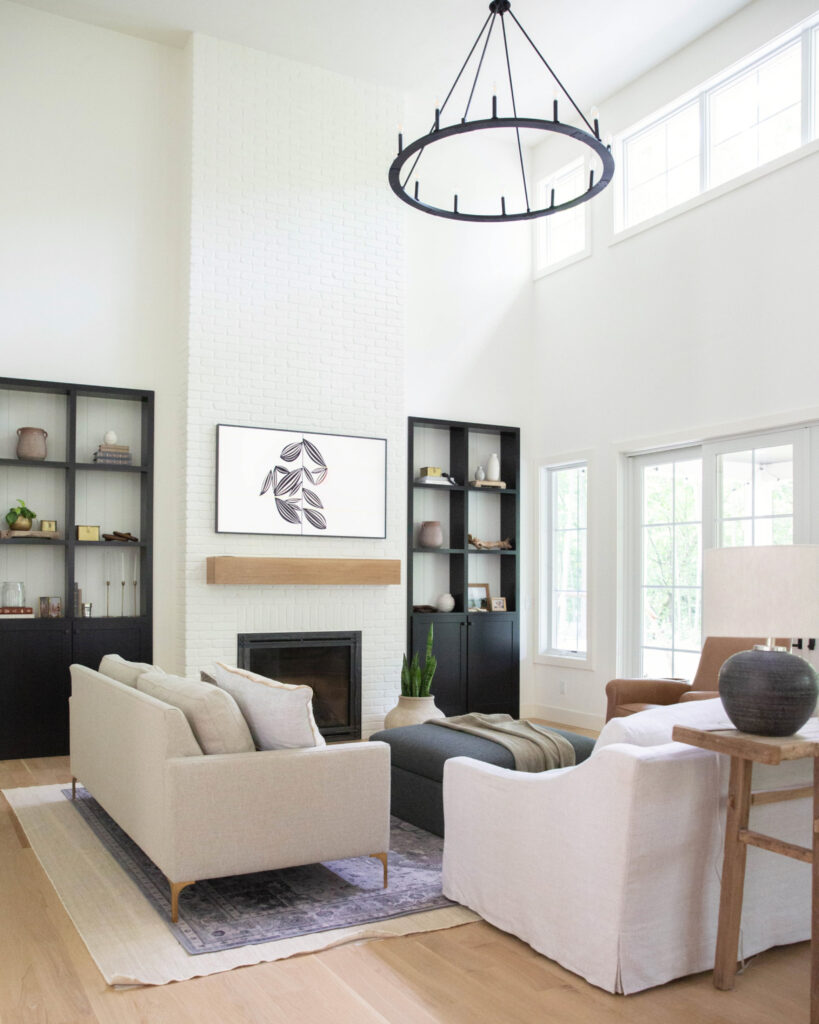
4. Harsh or Poor Lighting
Lighting can enhance the look and feel of your living room, but relying on one source of lighting in your living room is not ideal. Simply using one ceiling light fixture or a single or a pair of lamps means you’re focusing on just one level of light – and not filling the room for multiple needs. We recommend adding light at multiple levels by including ceiling and/or wall lights and table lamps or sconces to help bring light to several areas.
5. Furniture Against A Wall
When planning a furniture layout, it’s natural to gravitate towards the edge of the living room for placement. But pushing furniture out to the walls won’t make a room feel bigger, rather it creates less function and more space between furniture pieces. Instead, we prefer to move pieces a few inches between the backs of furniture and the walls. This little bit of space can actually make rooms feel bigger. If you have a larger space, you can arrange furniture in such a way that conversation areas are created in the middle of the room, leaving several feet between the walls and the furniture.

